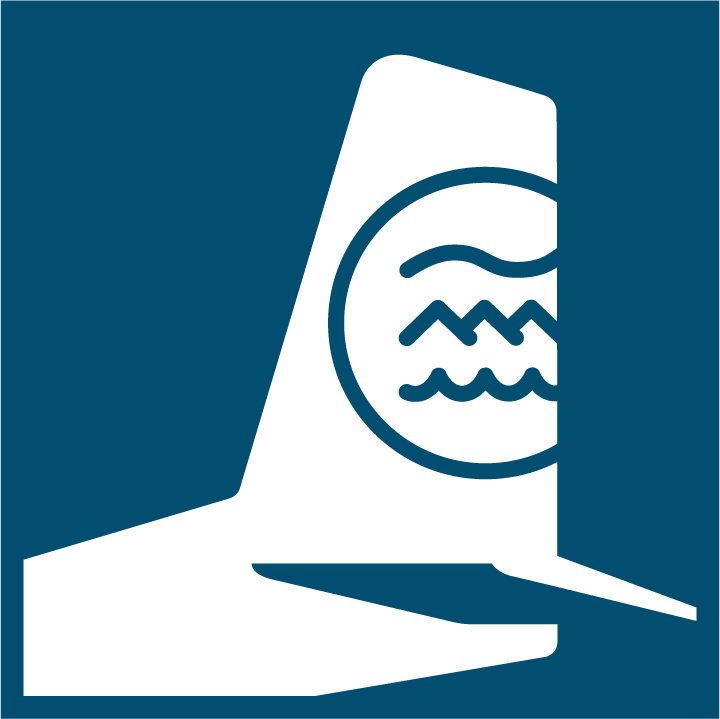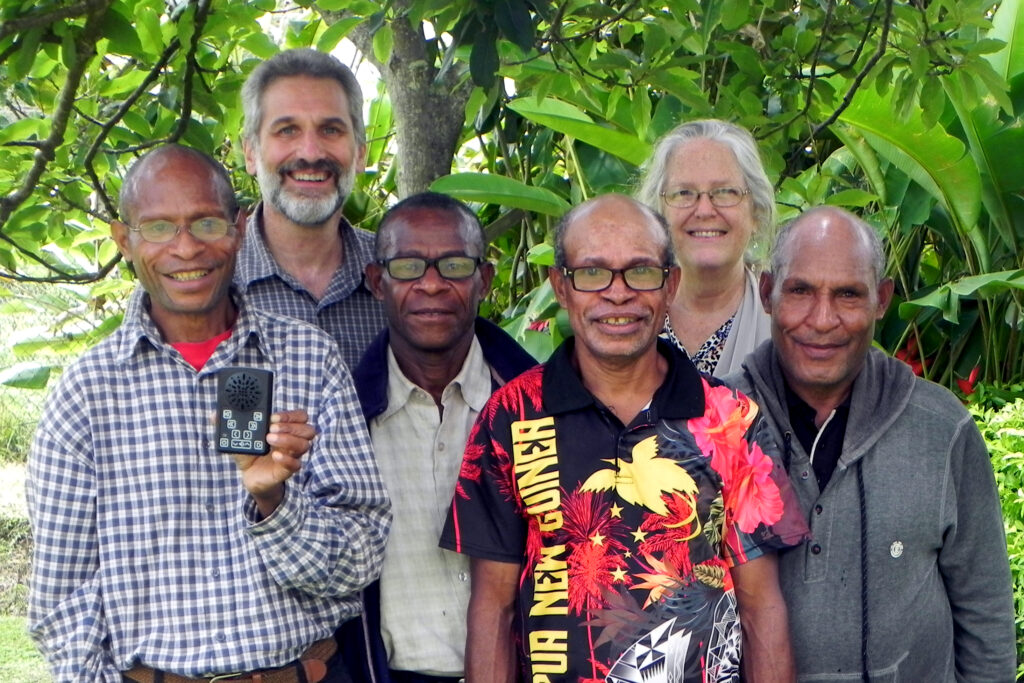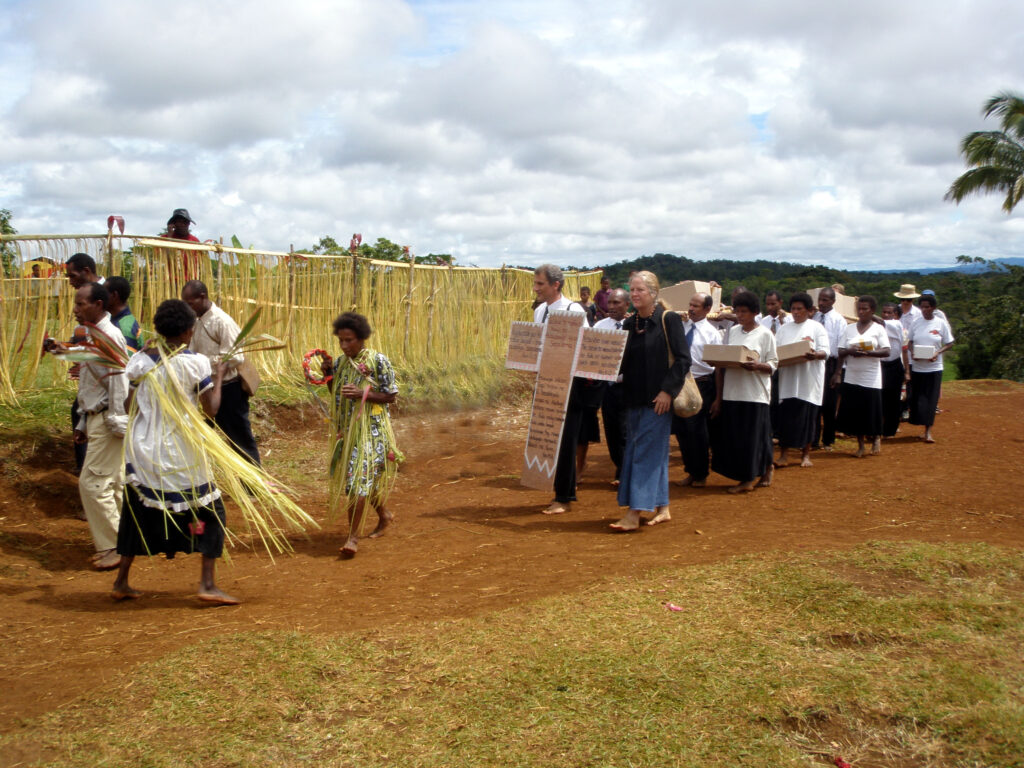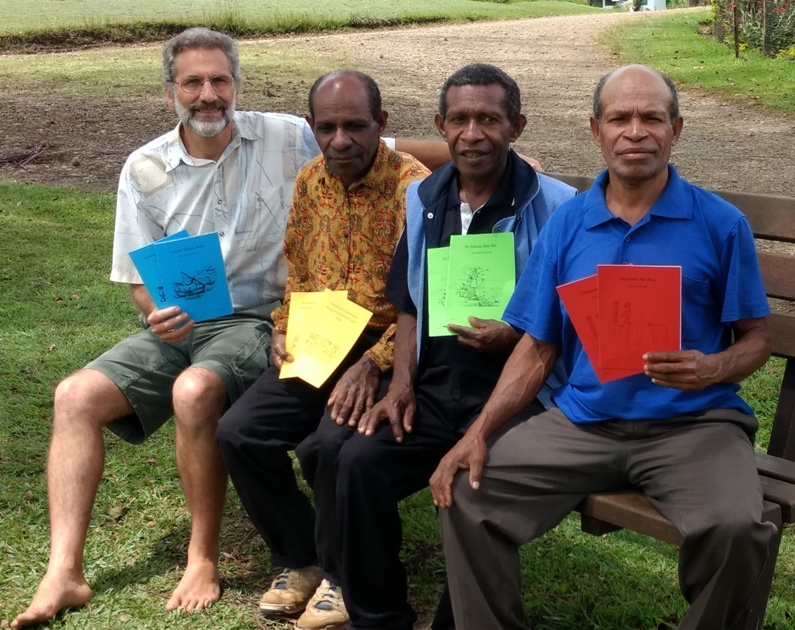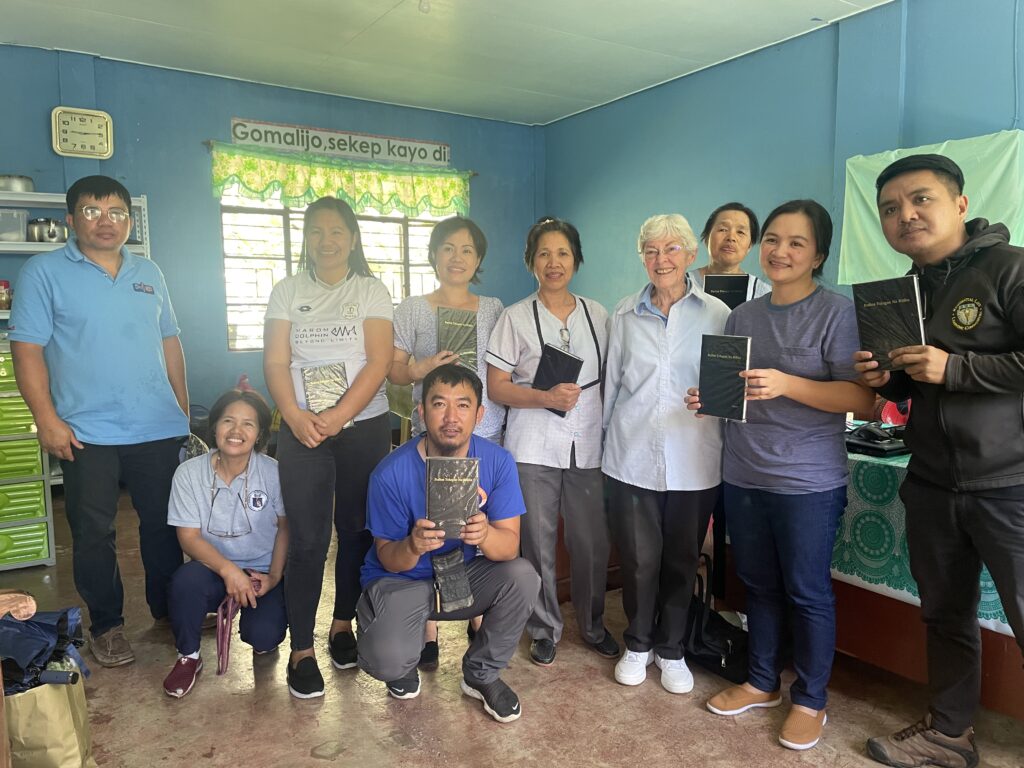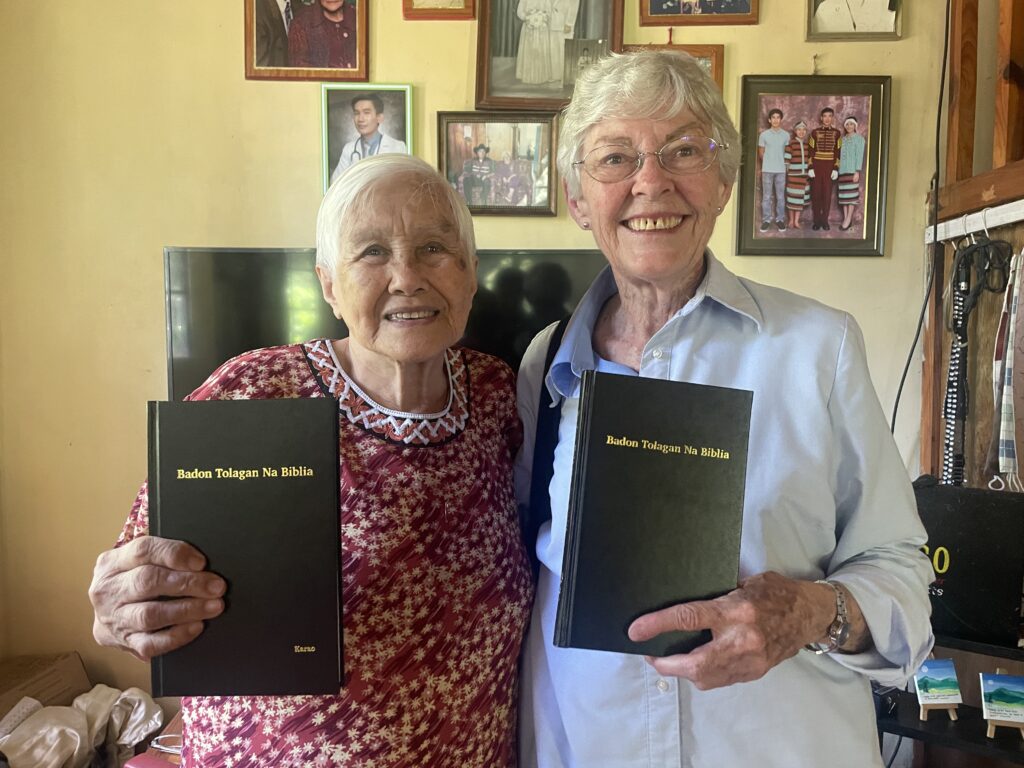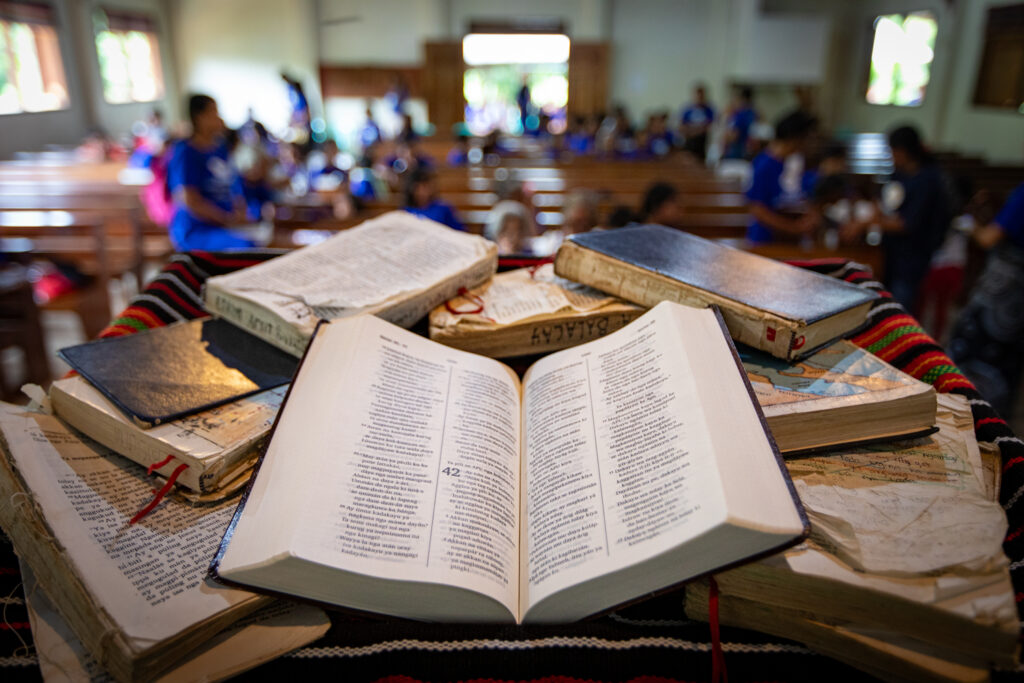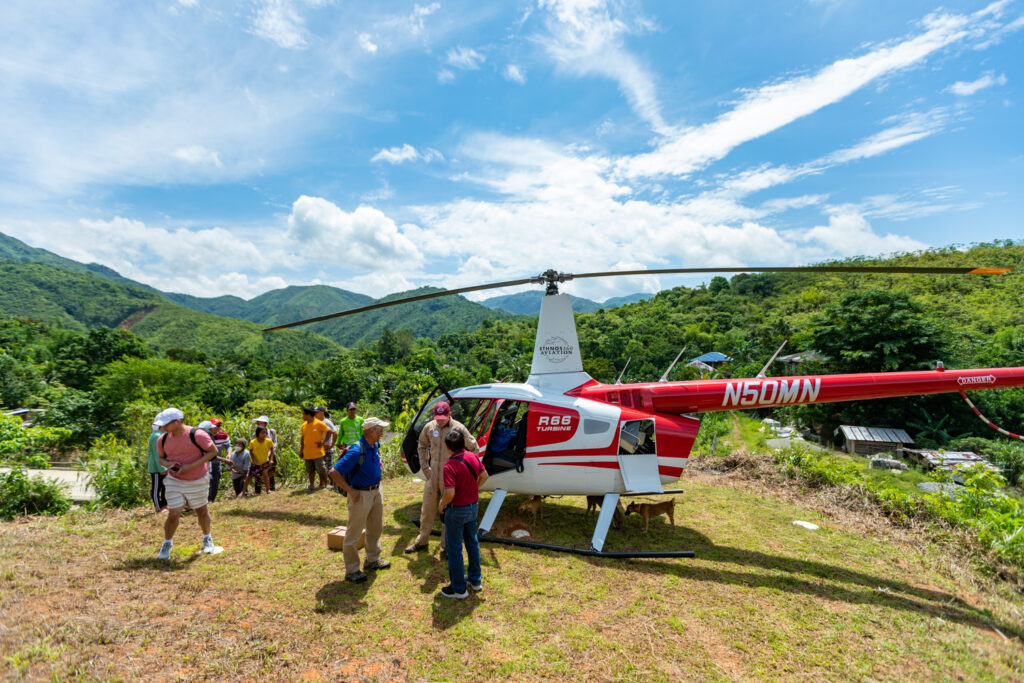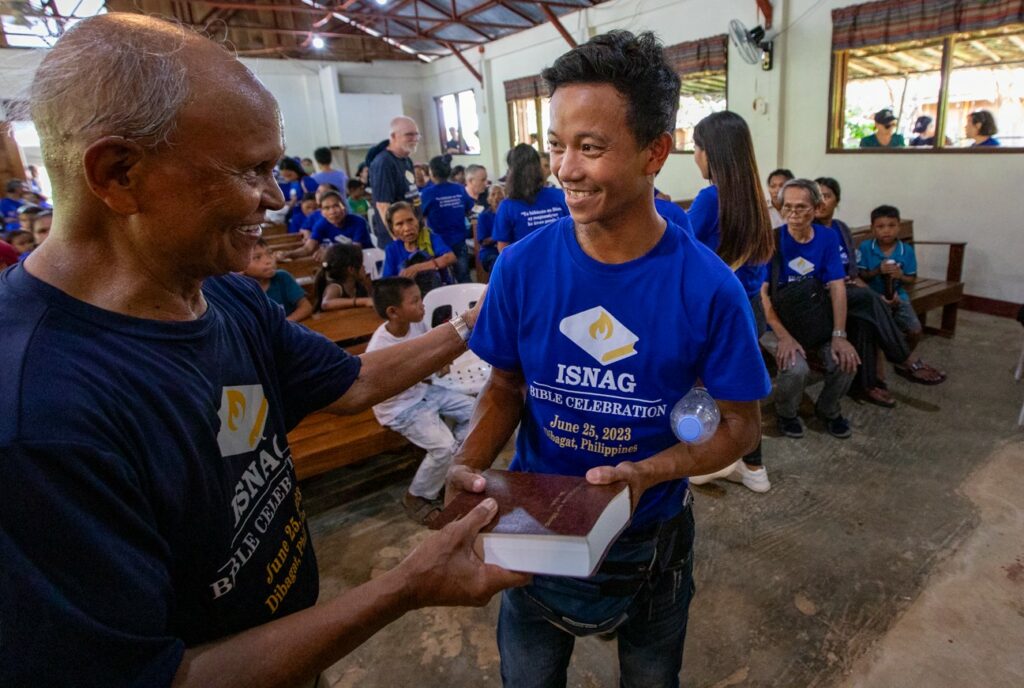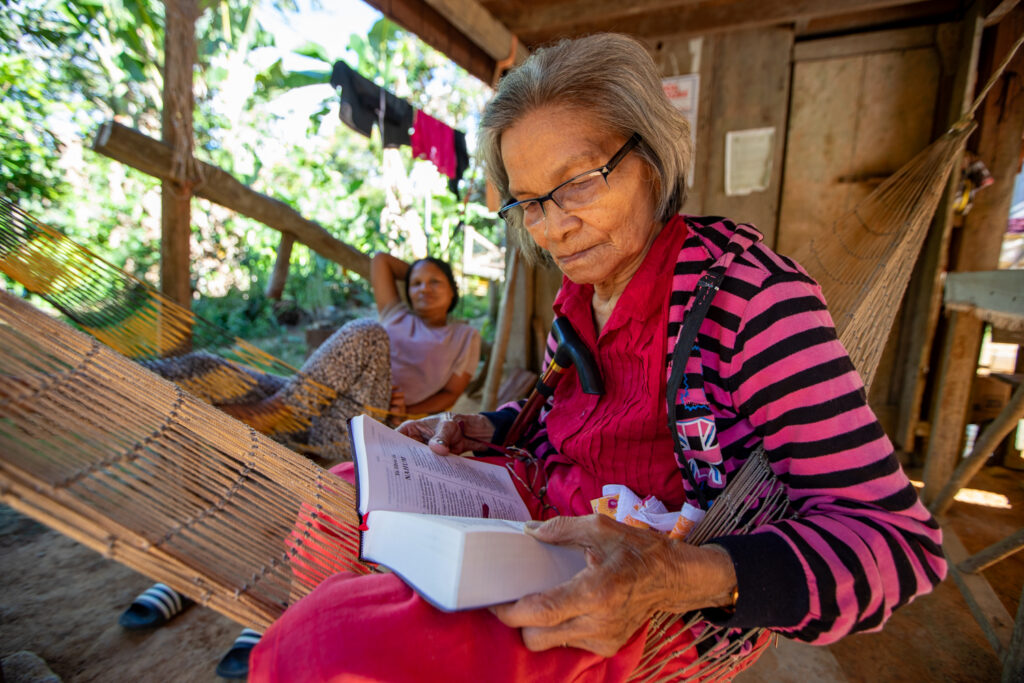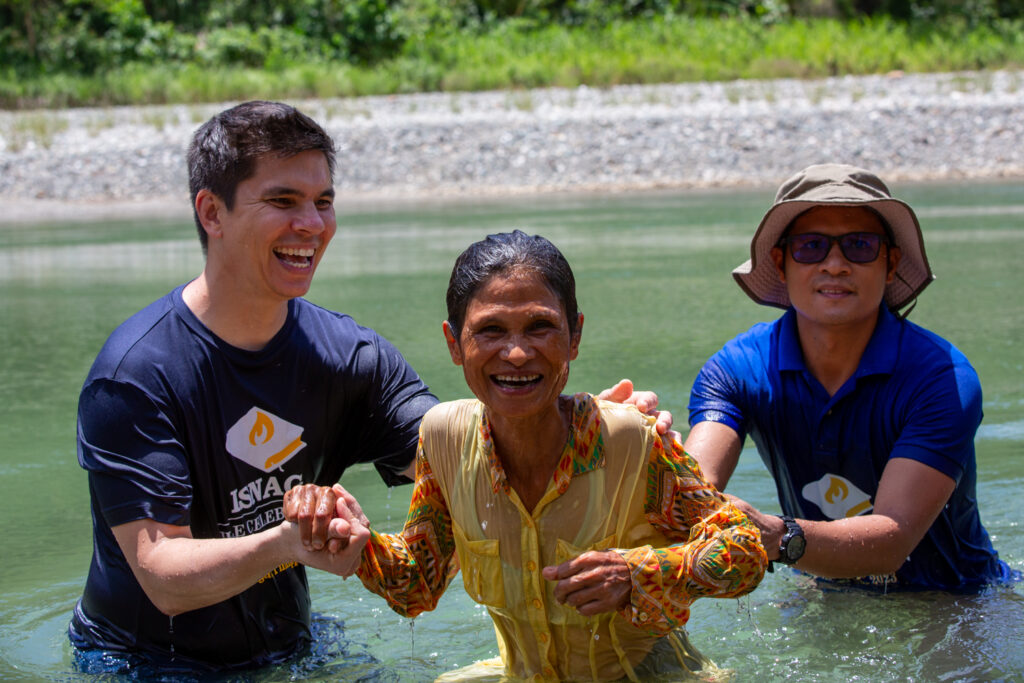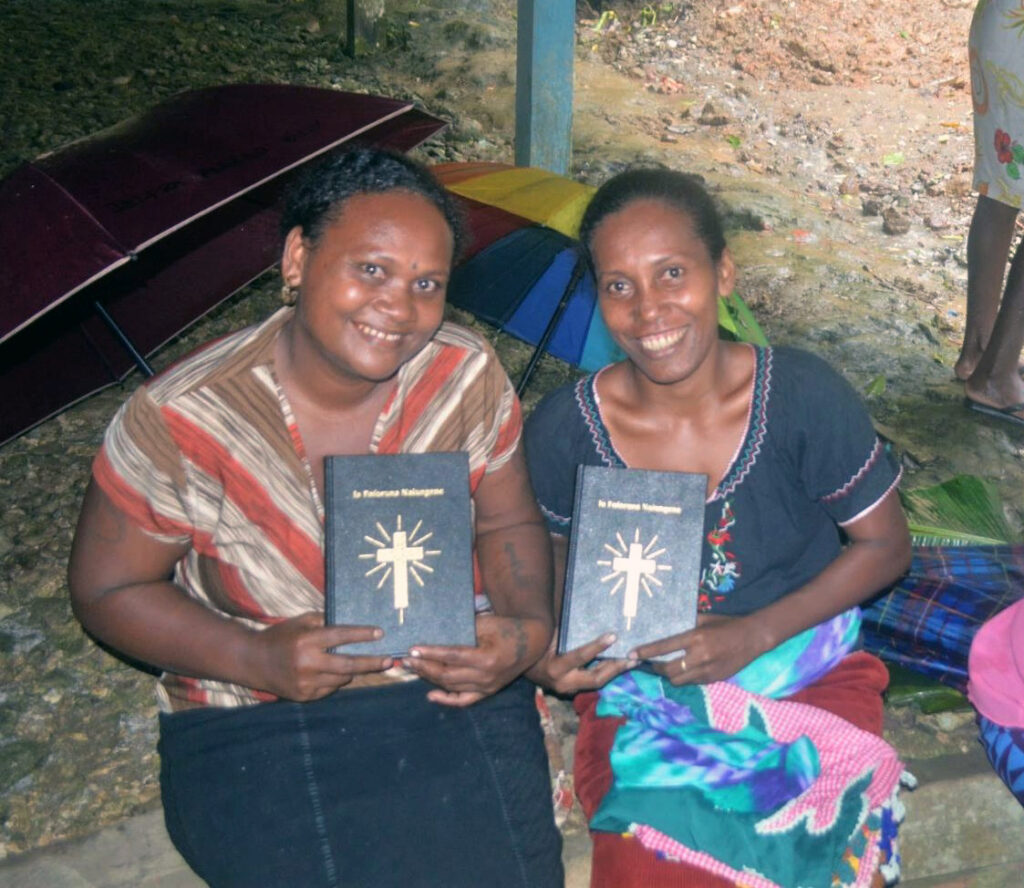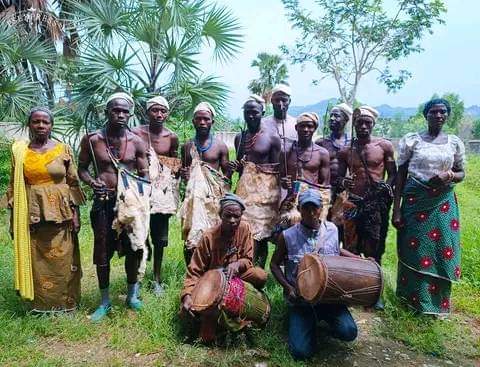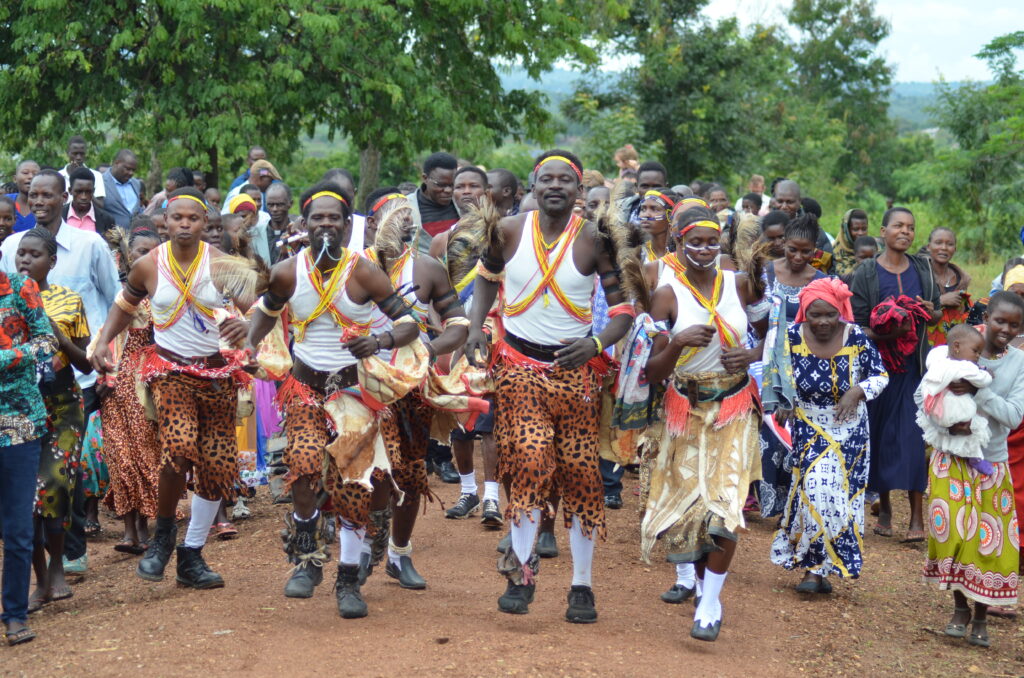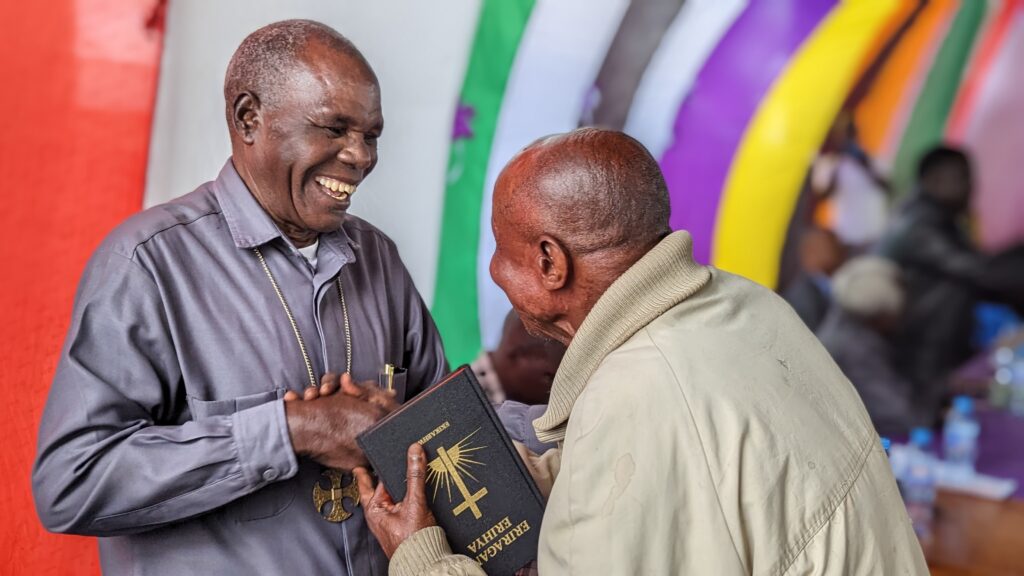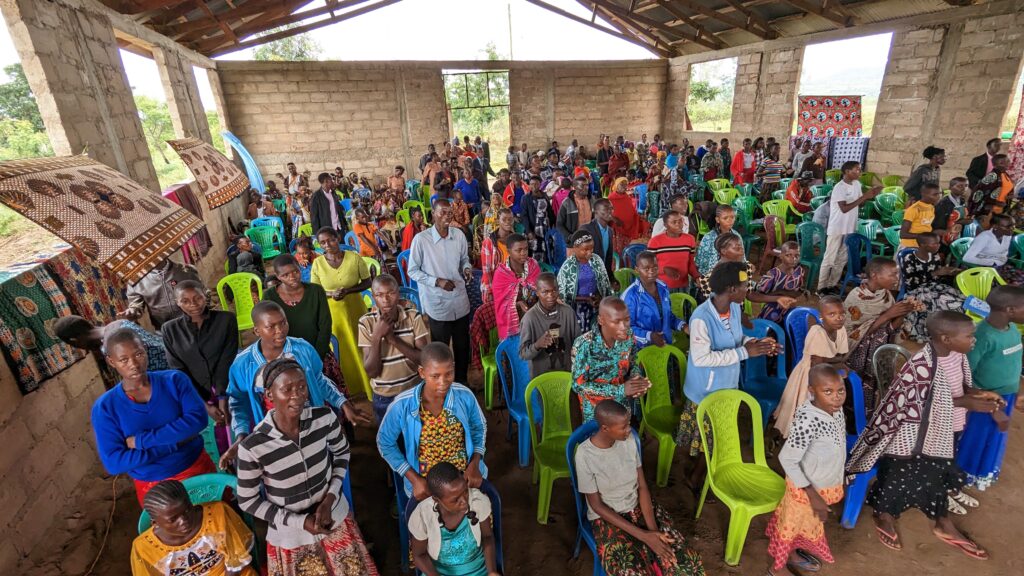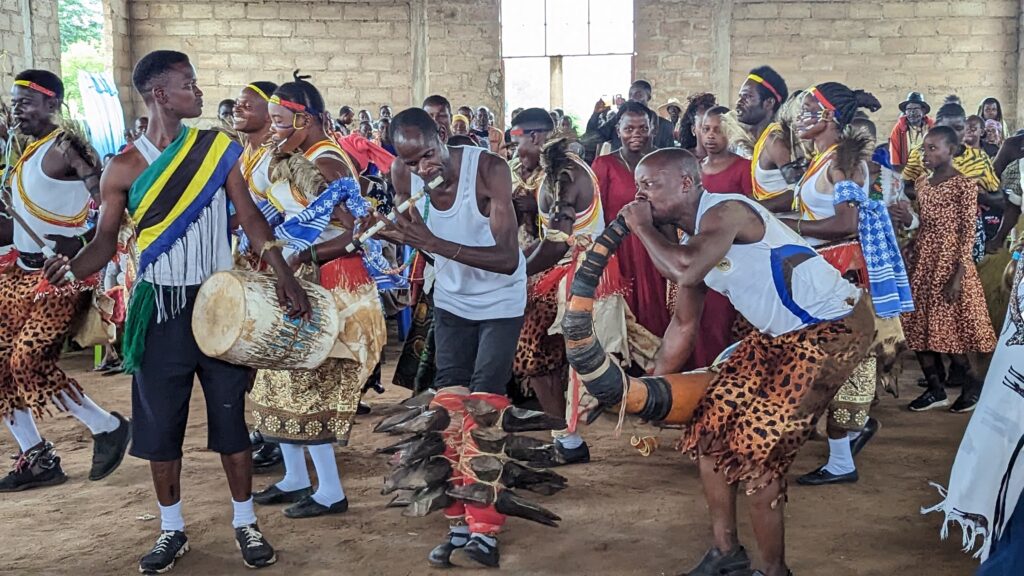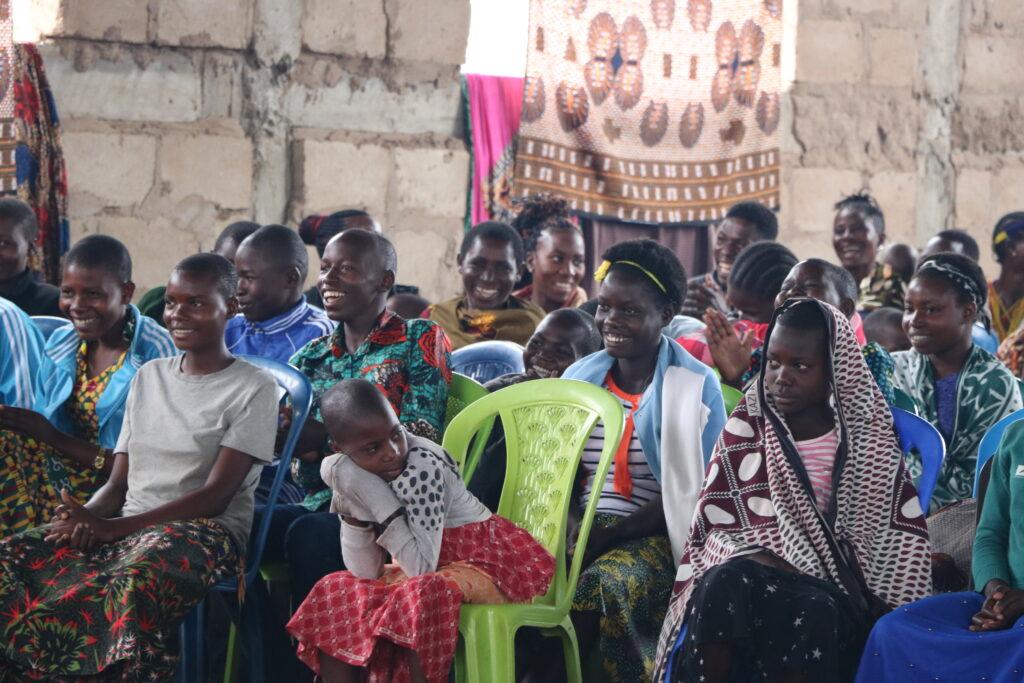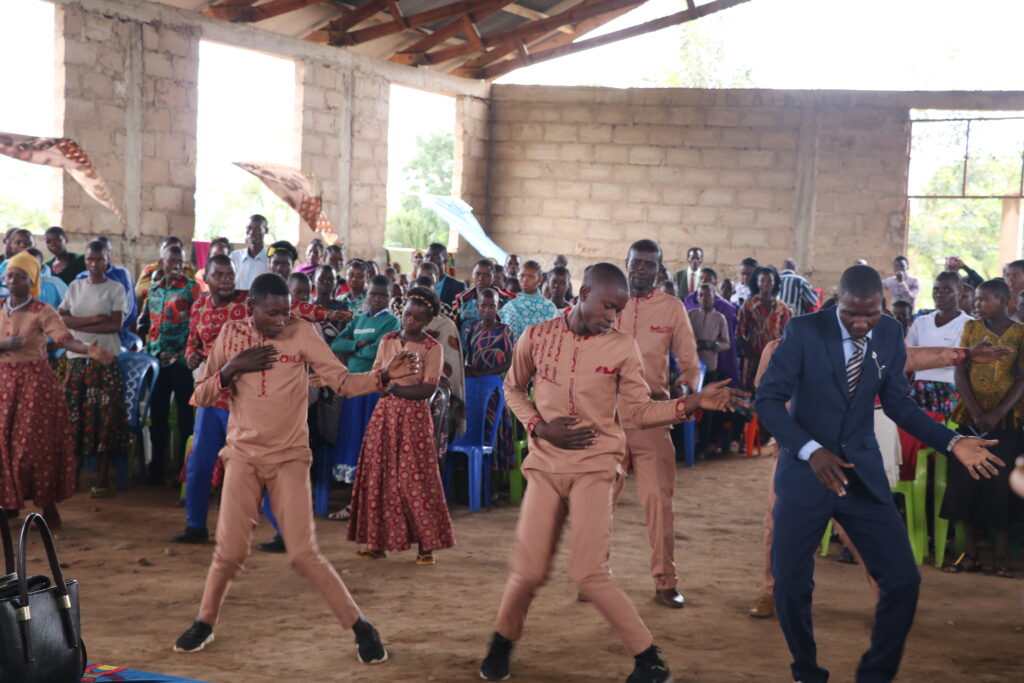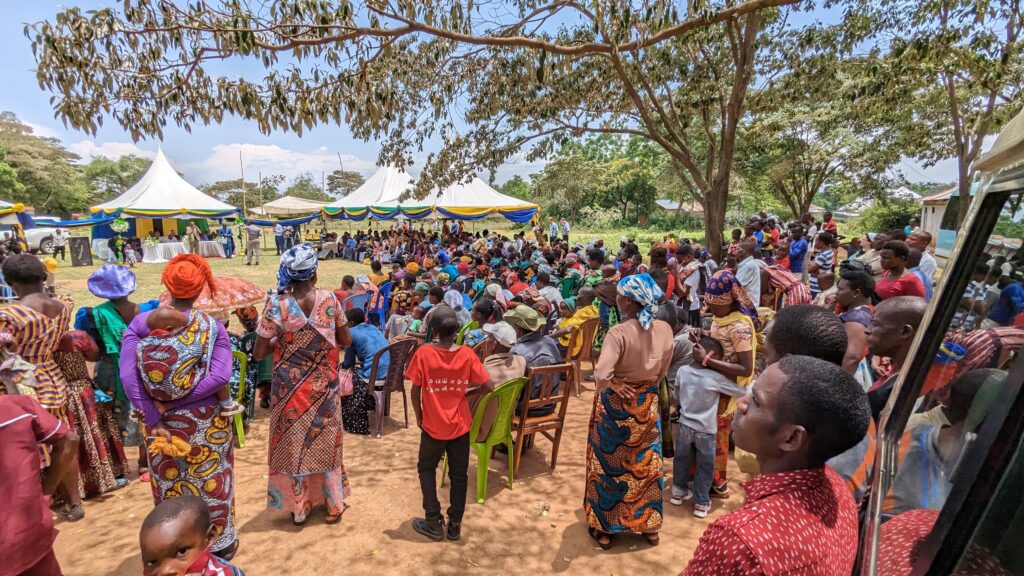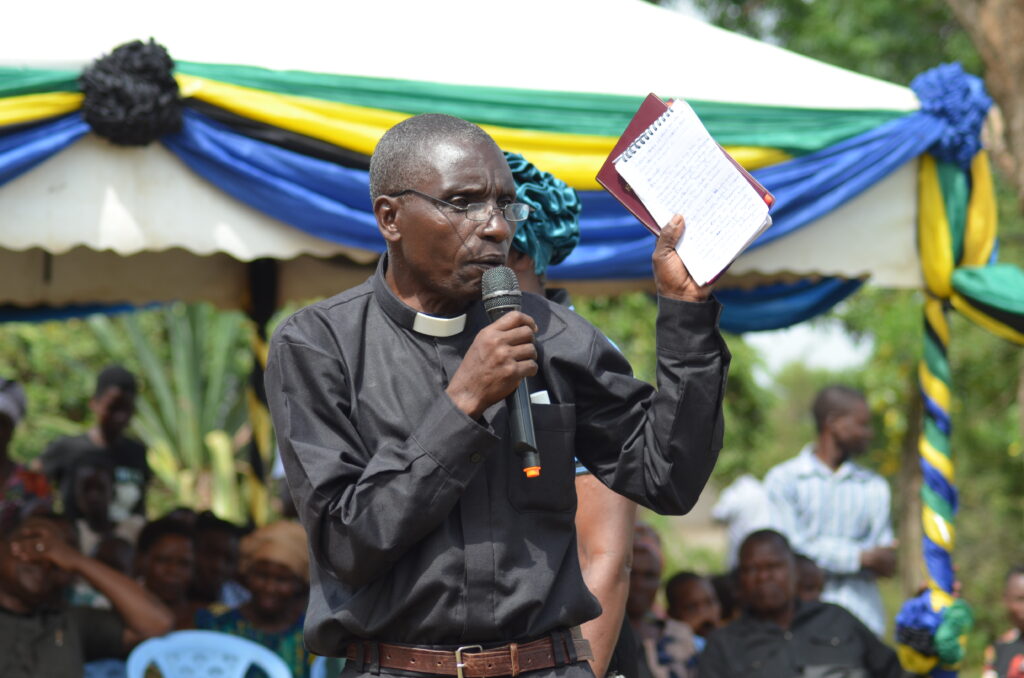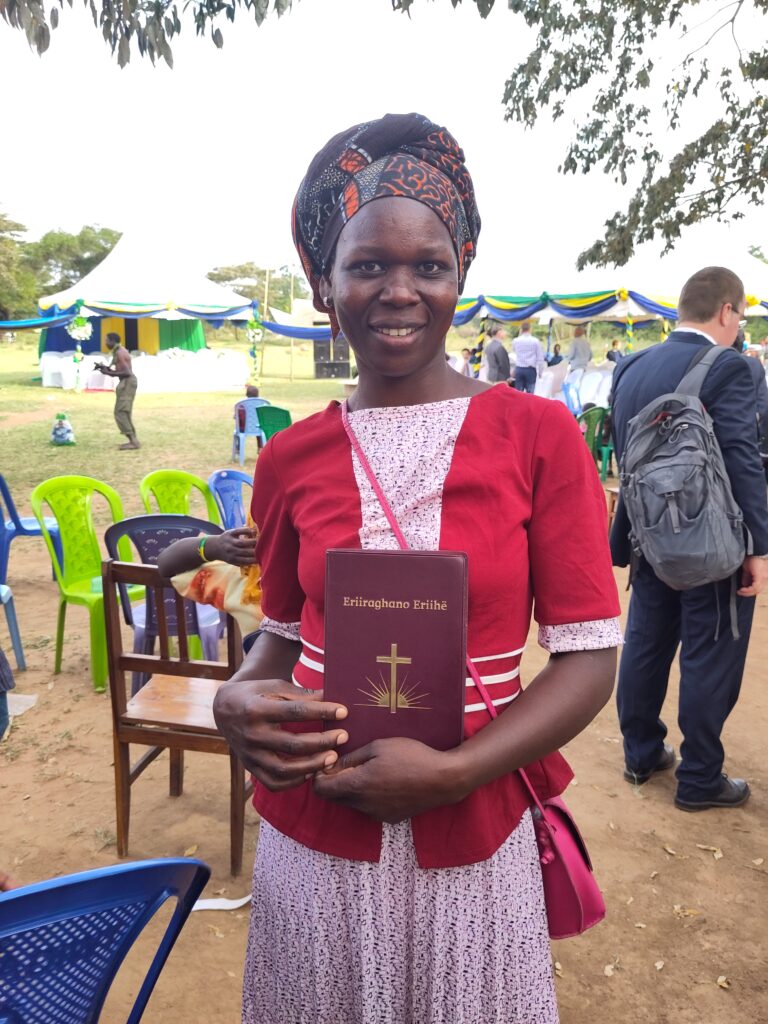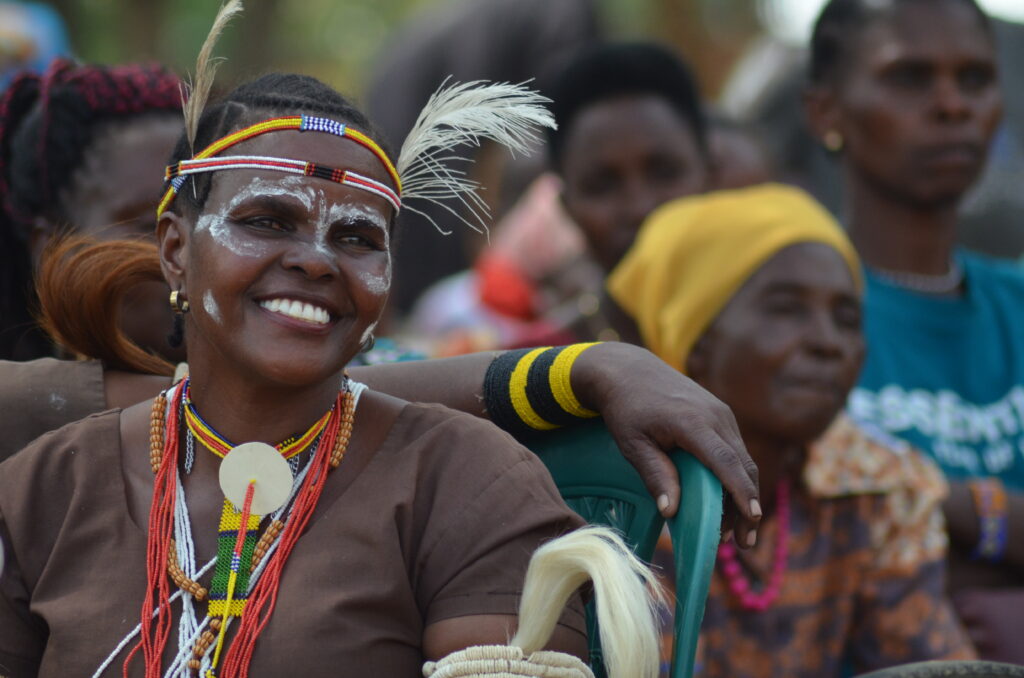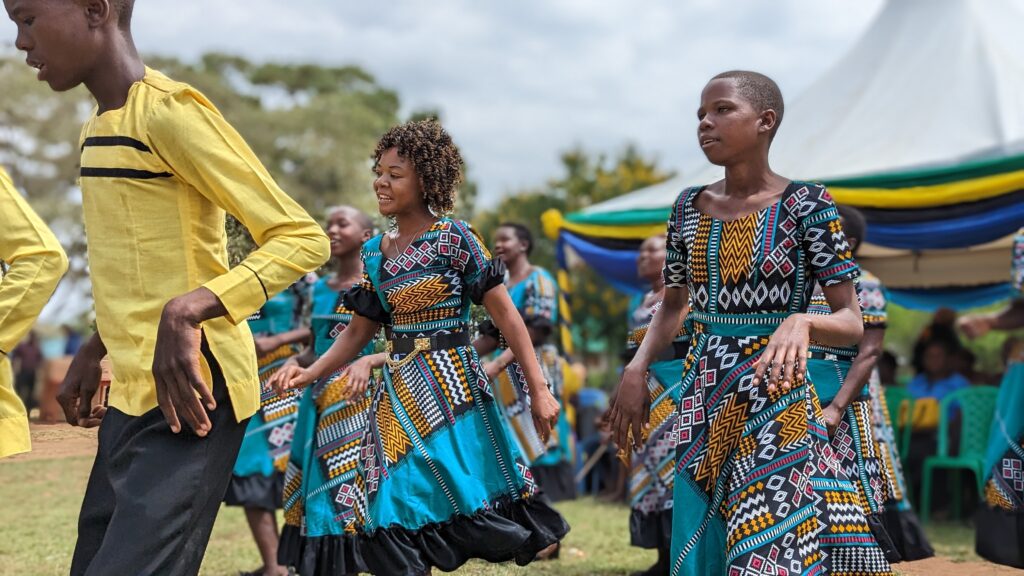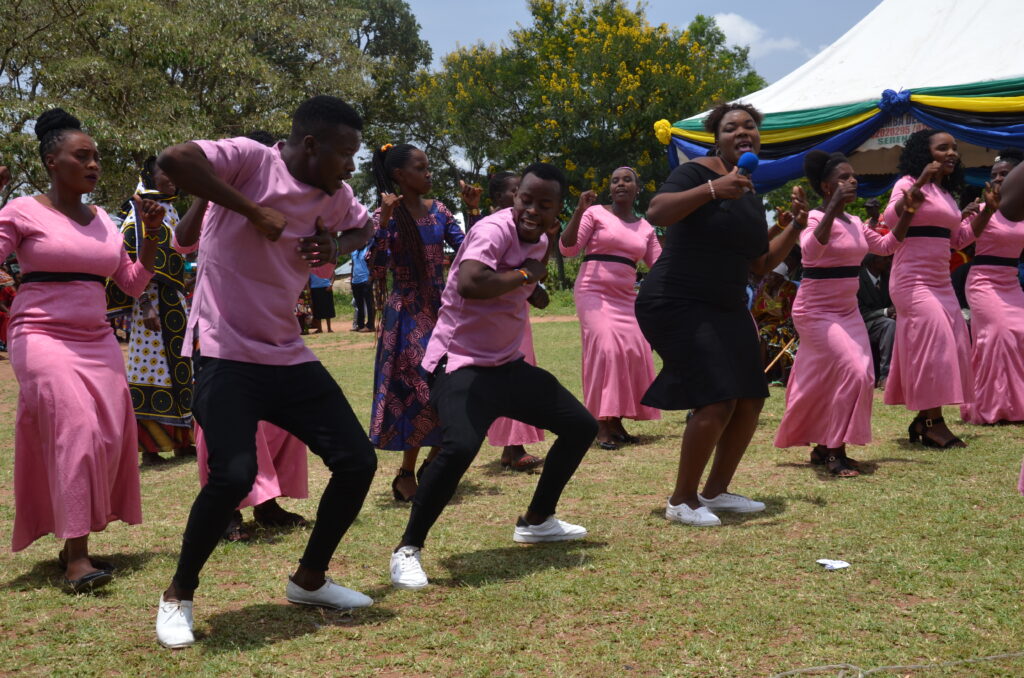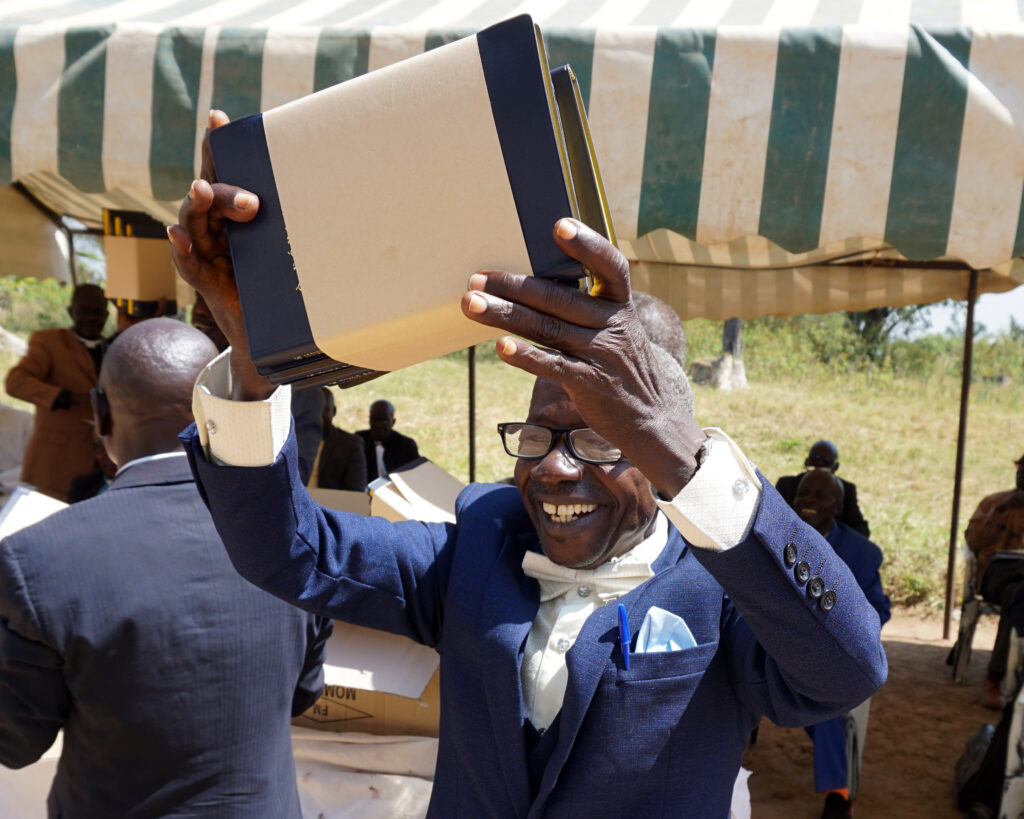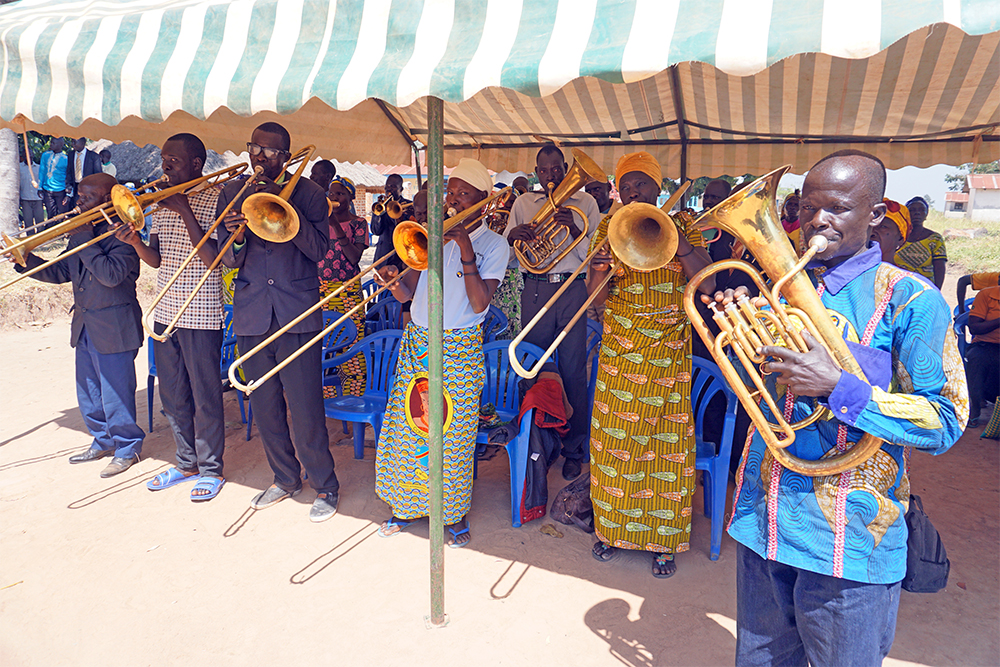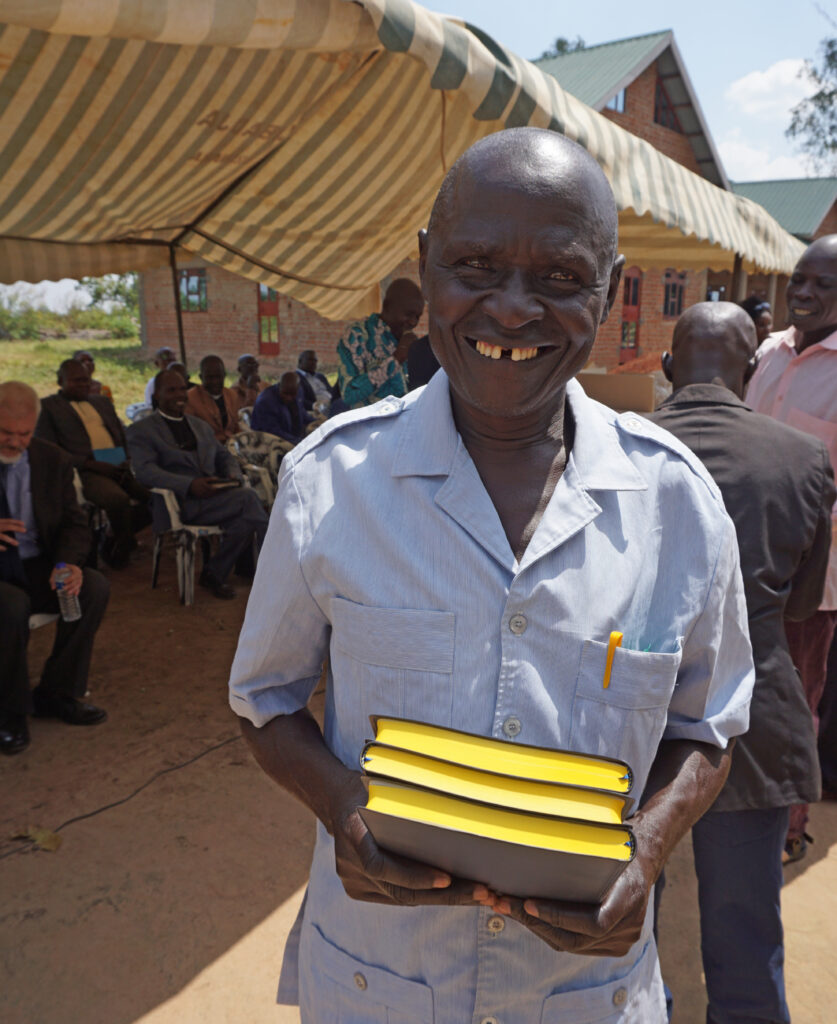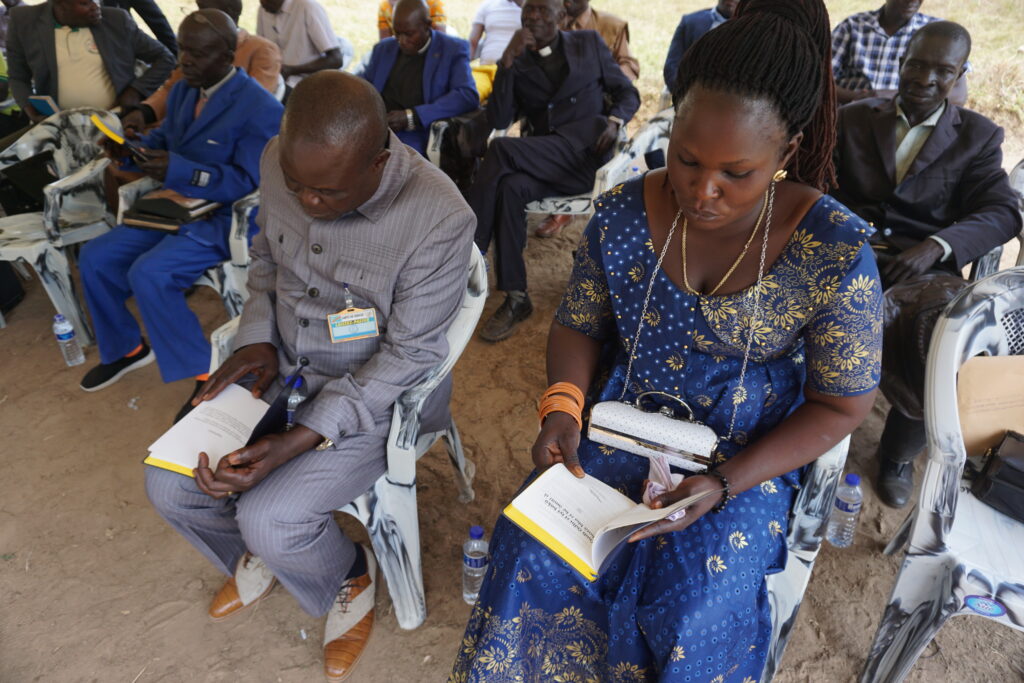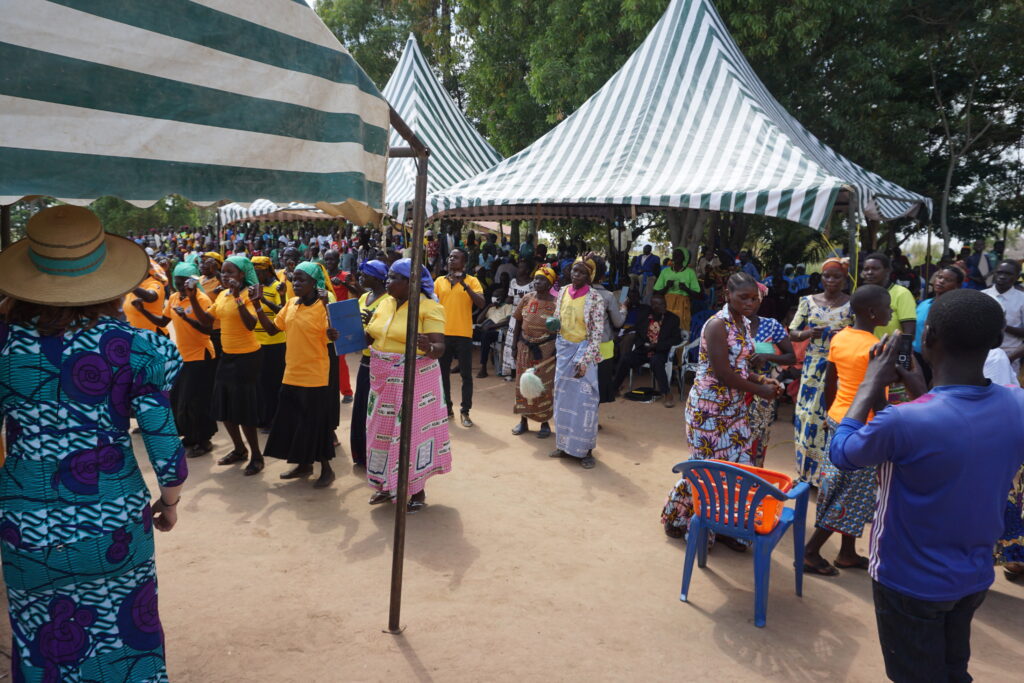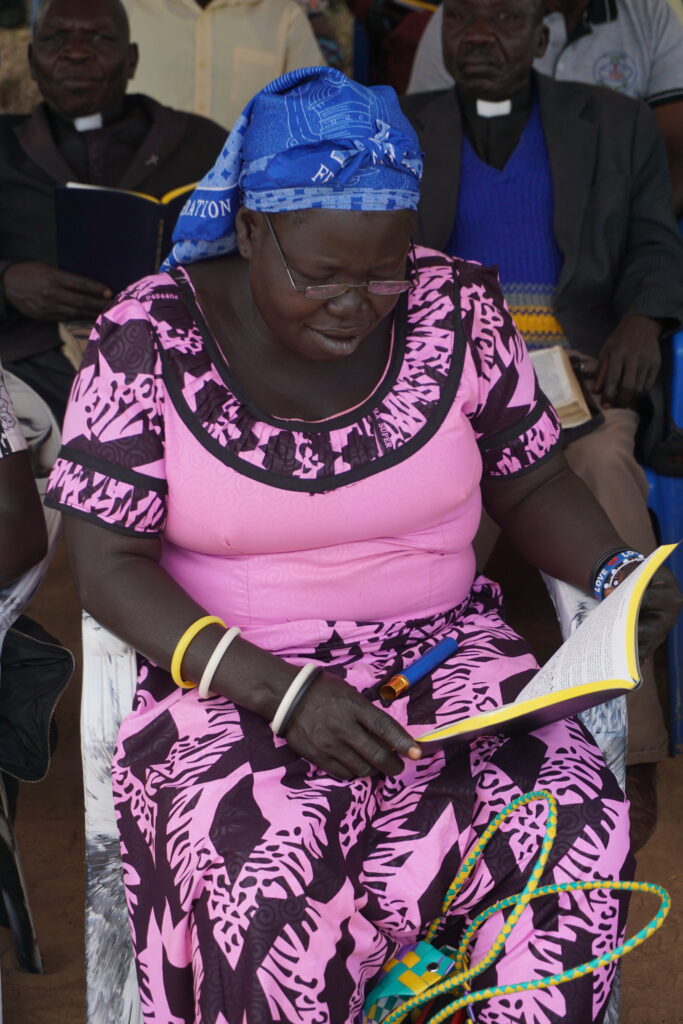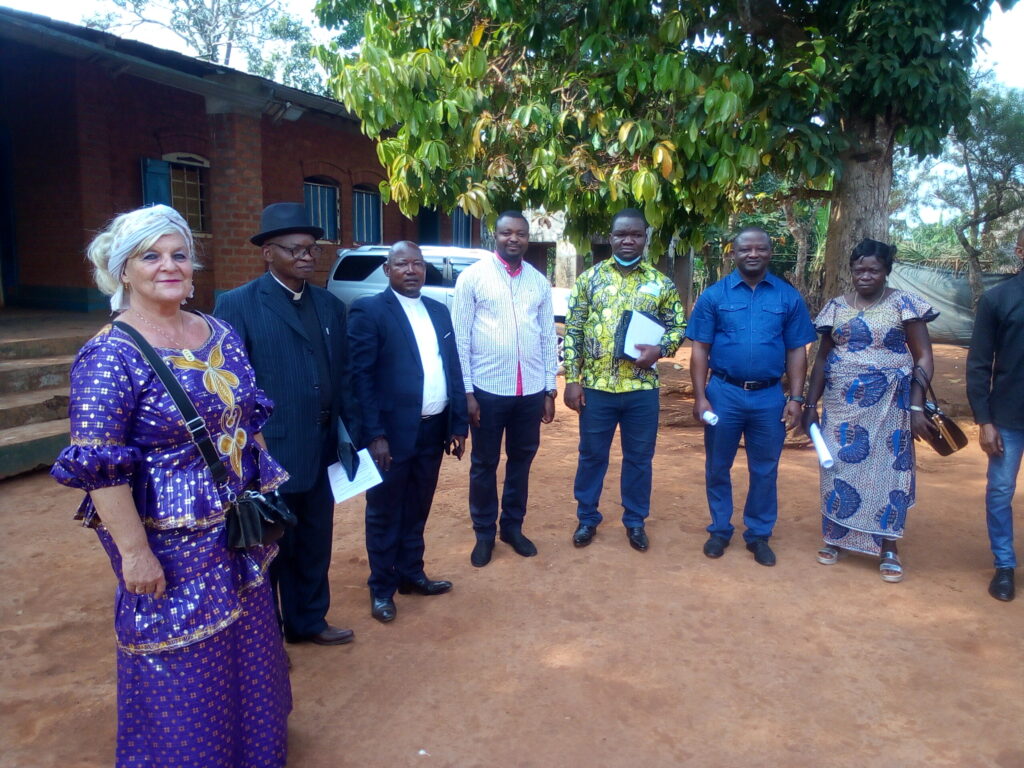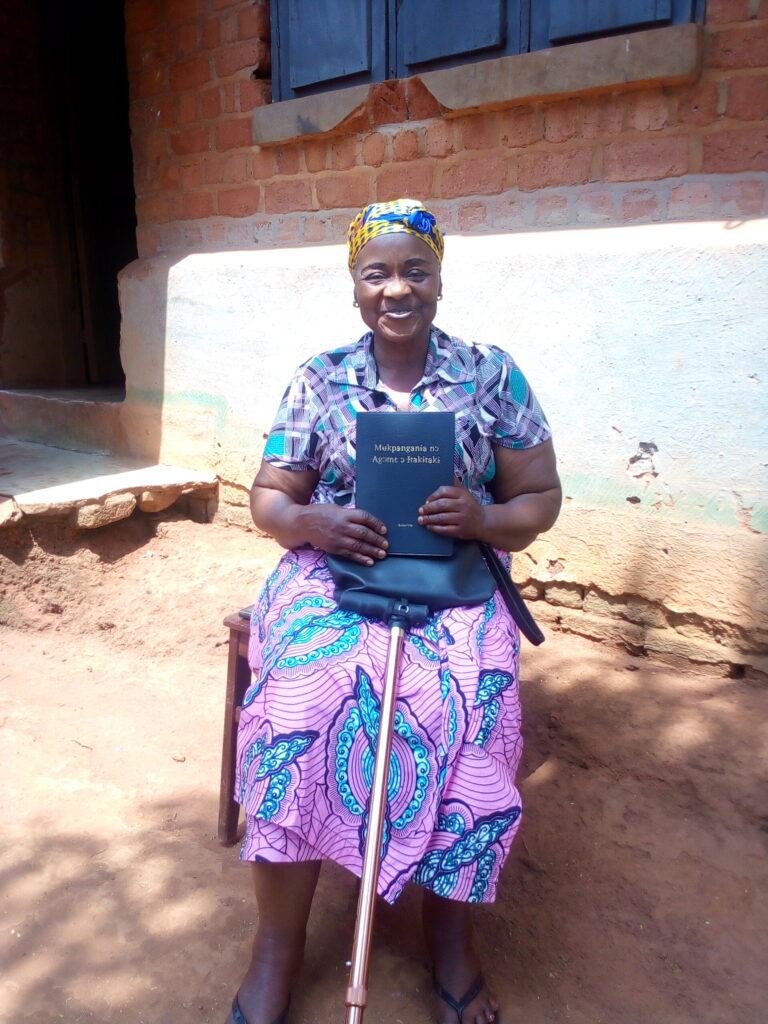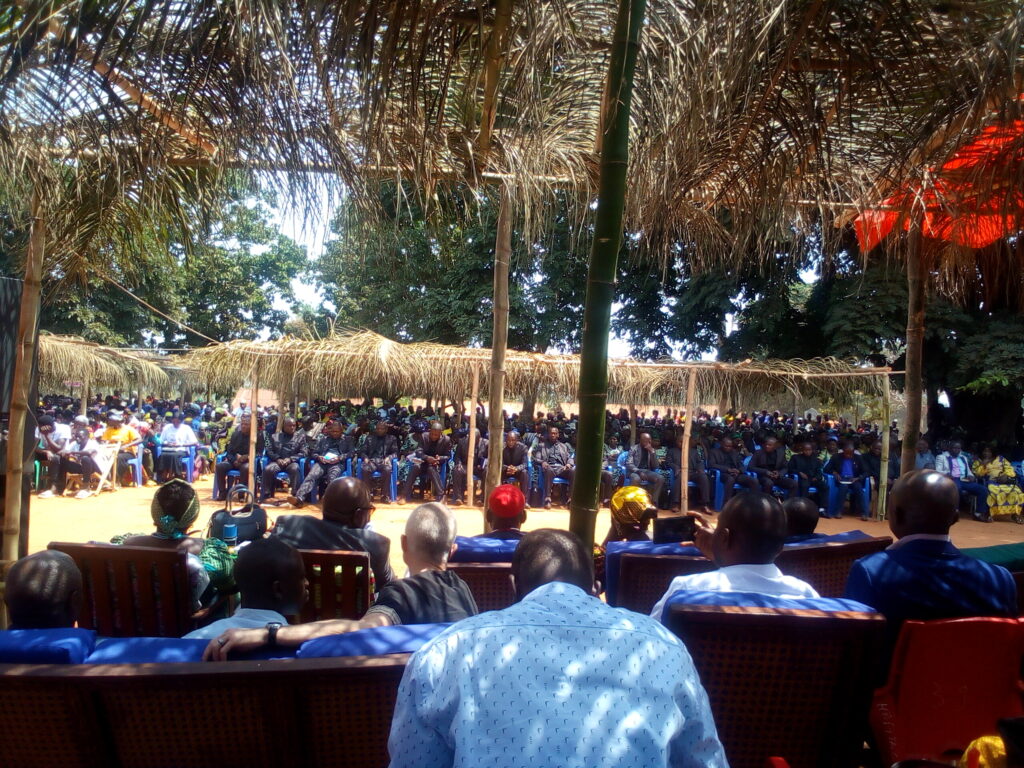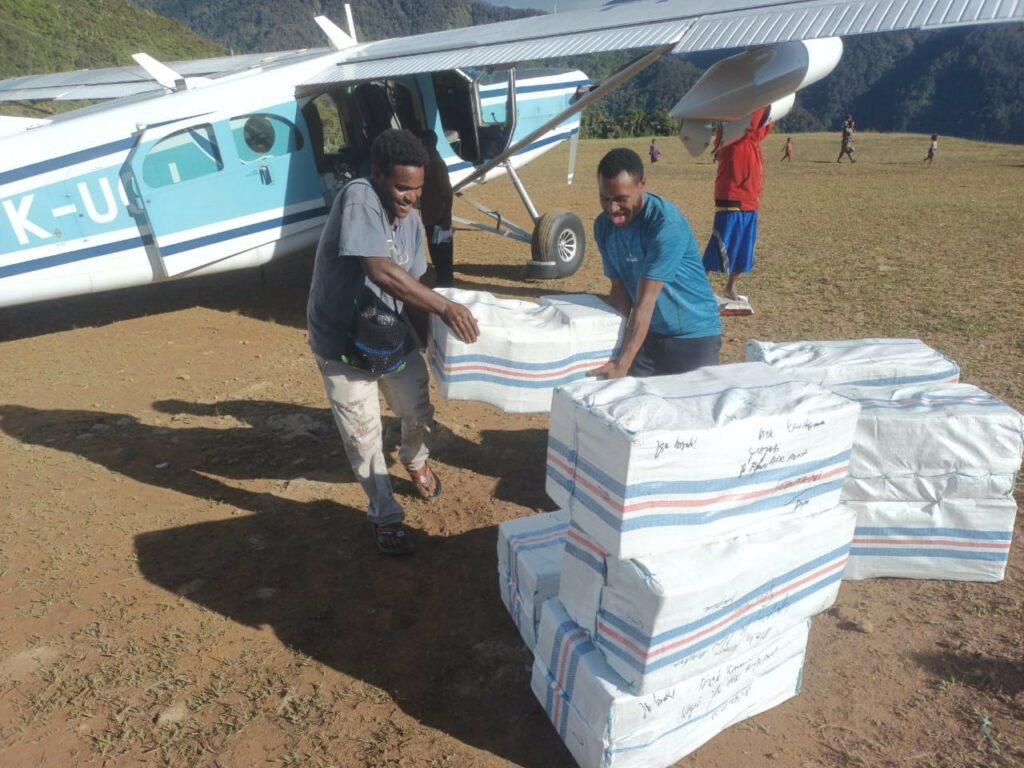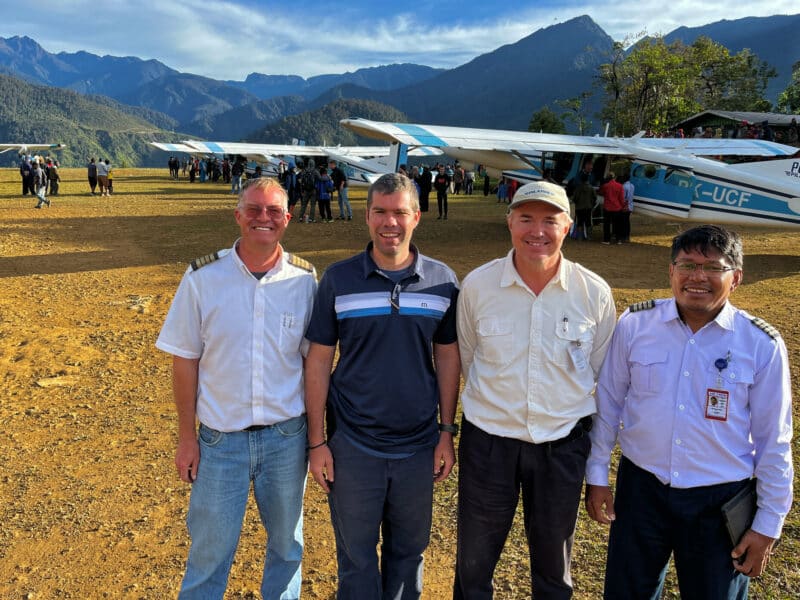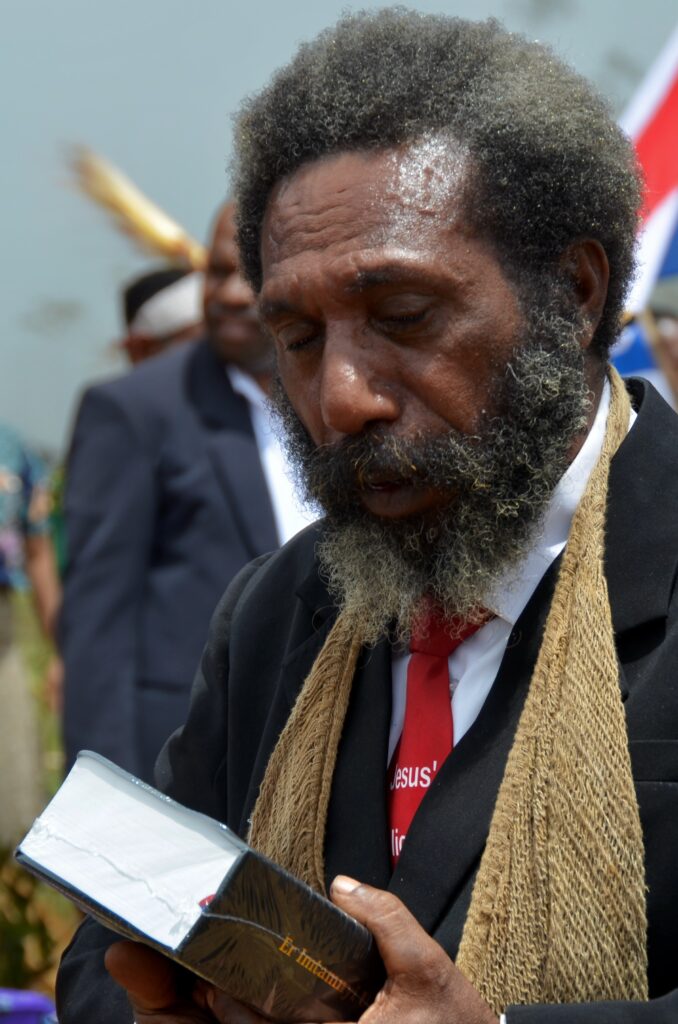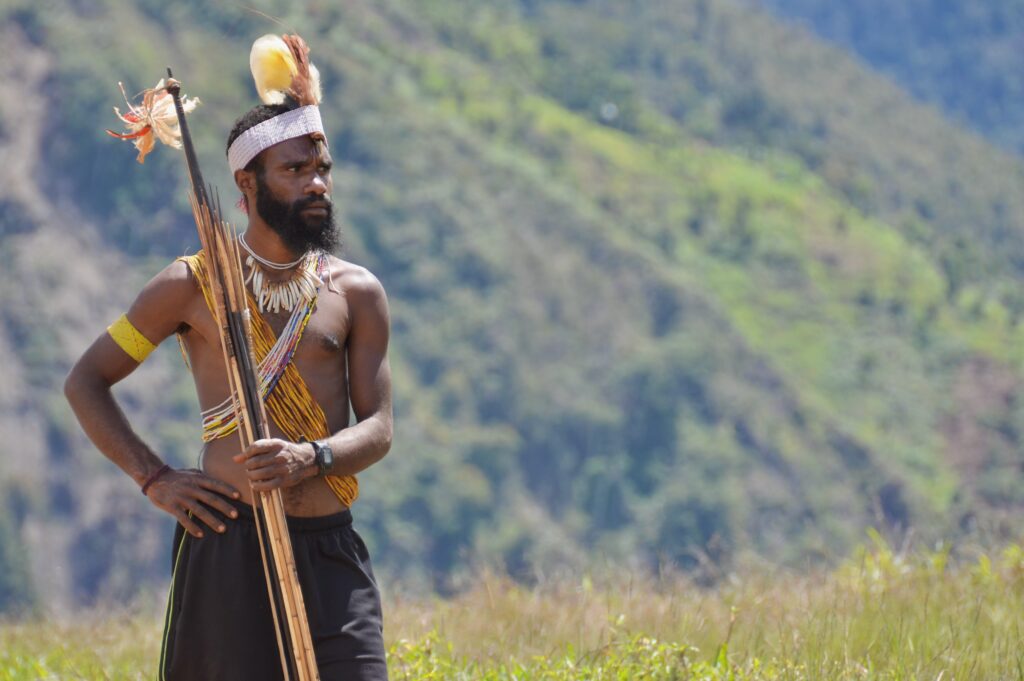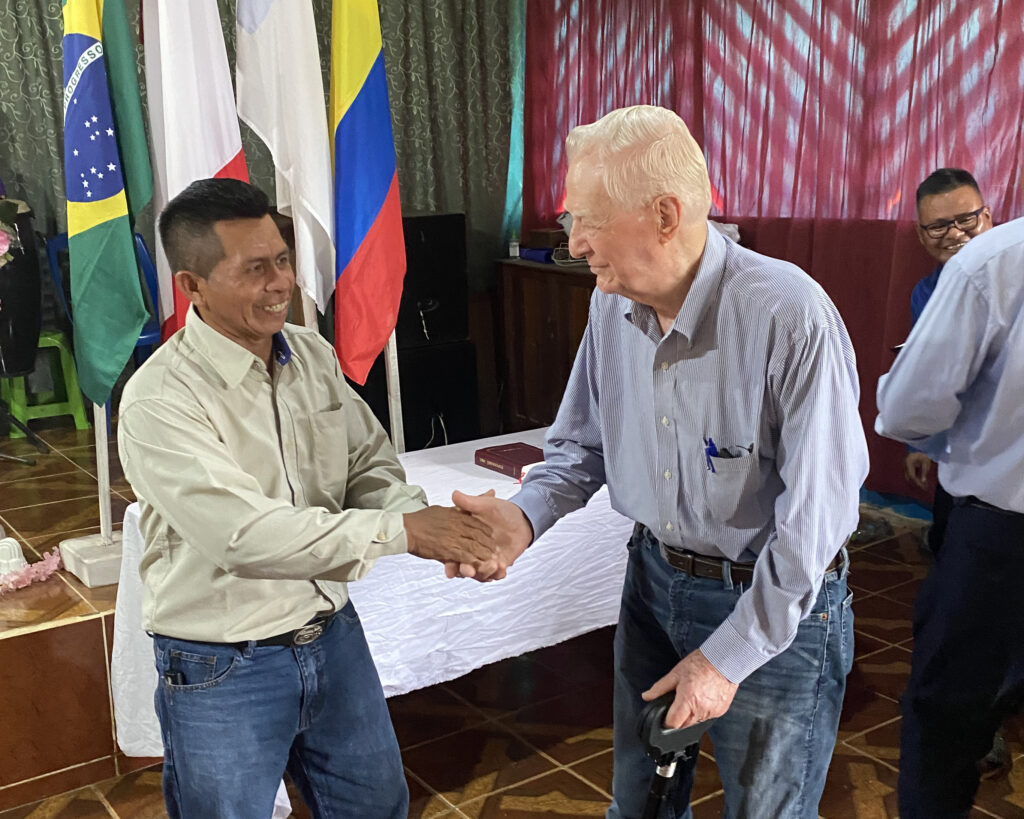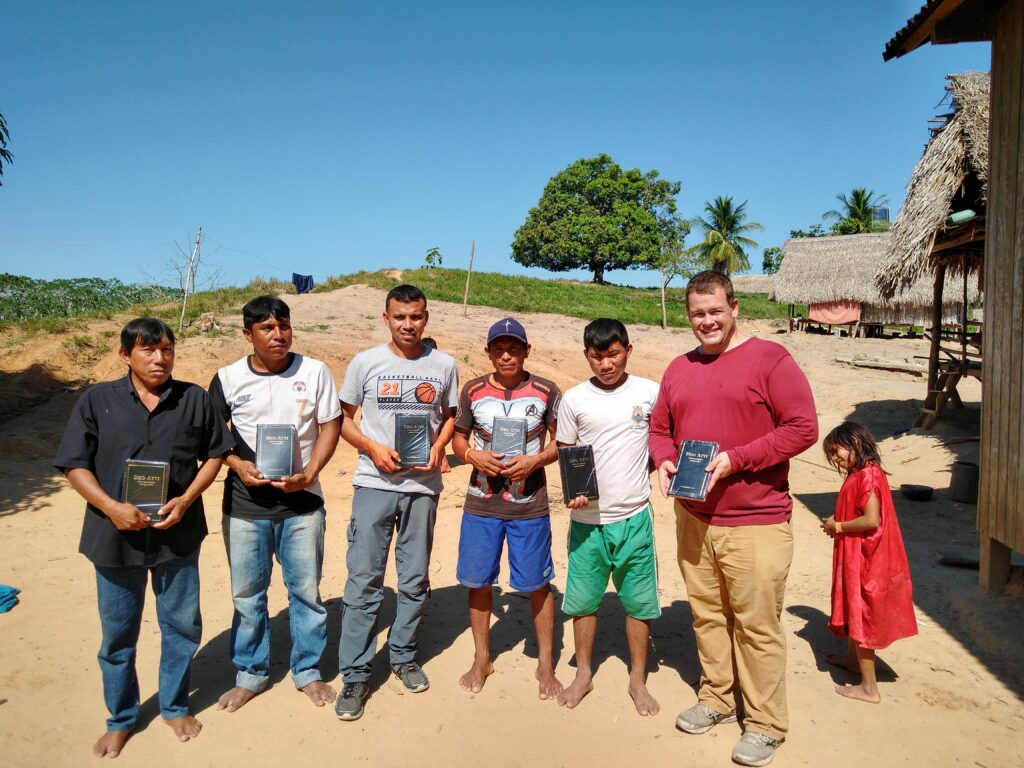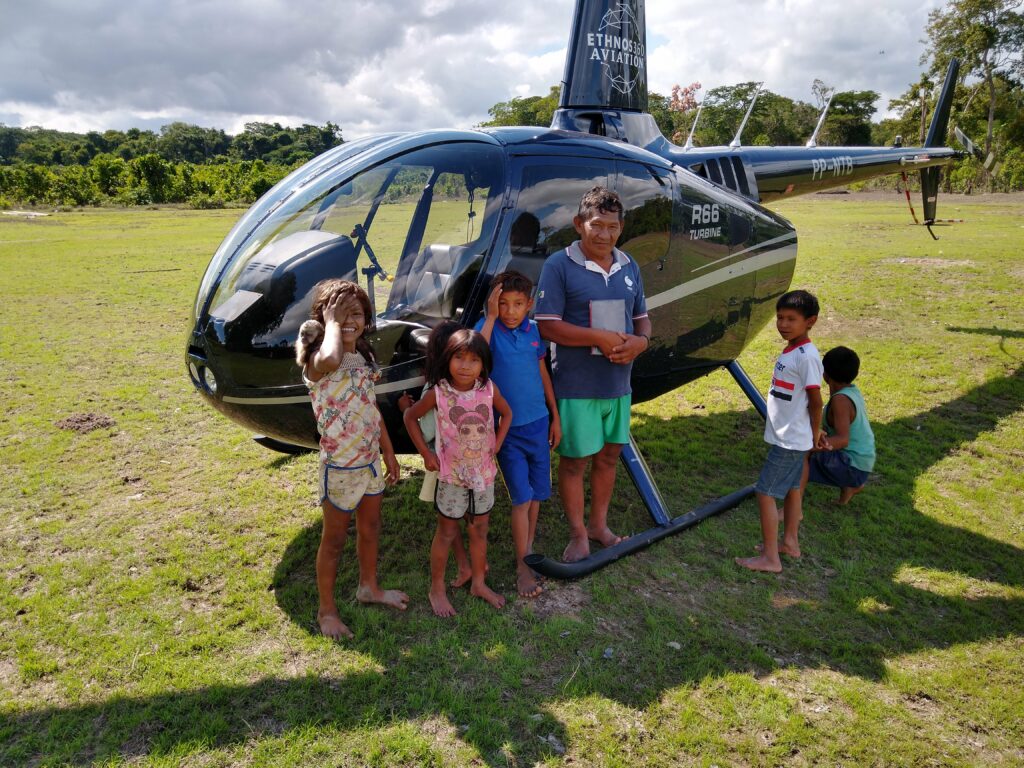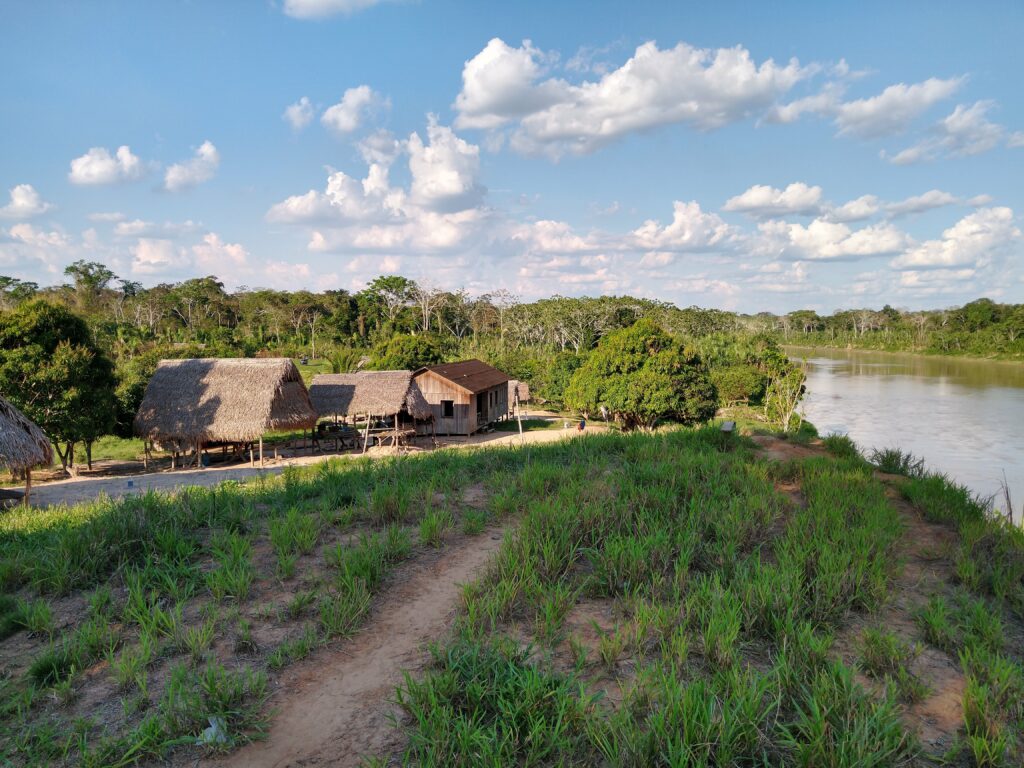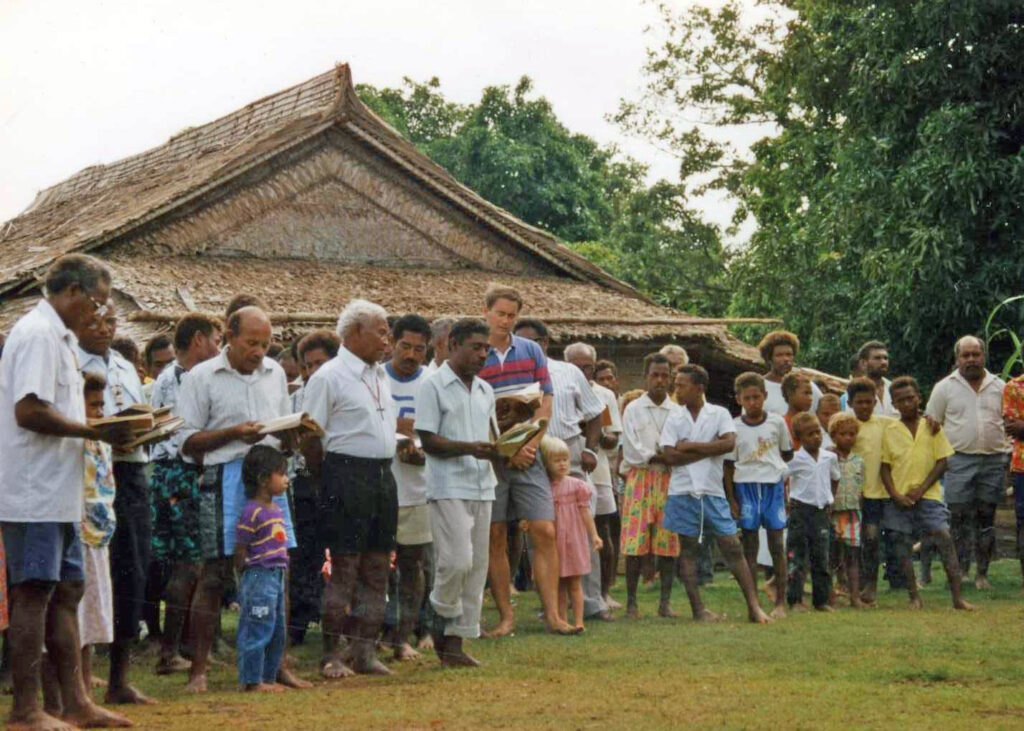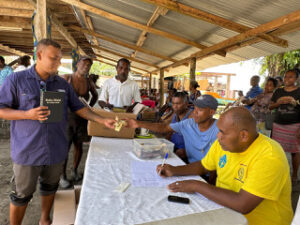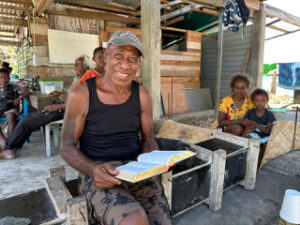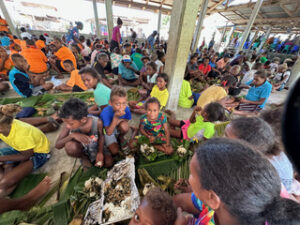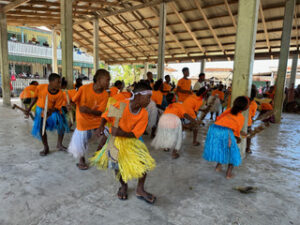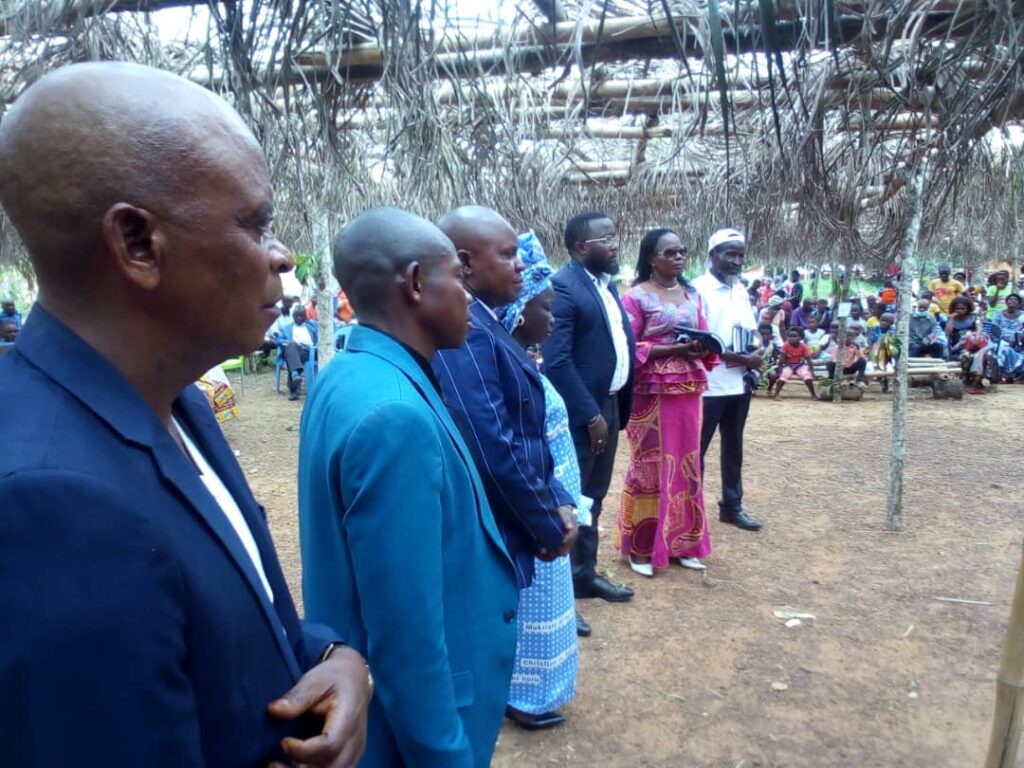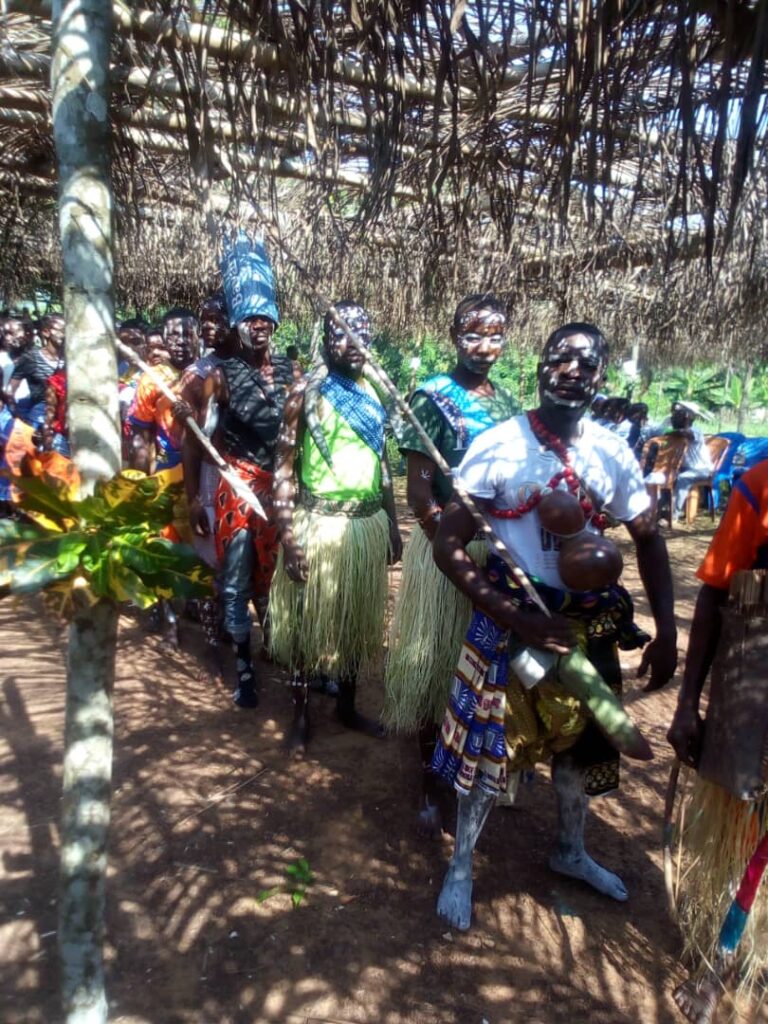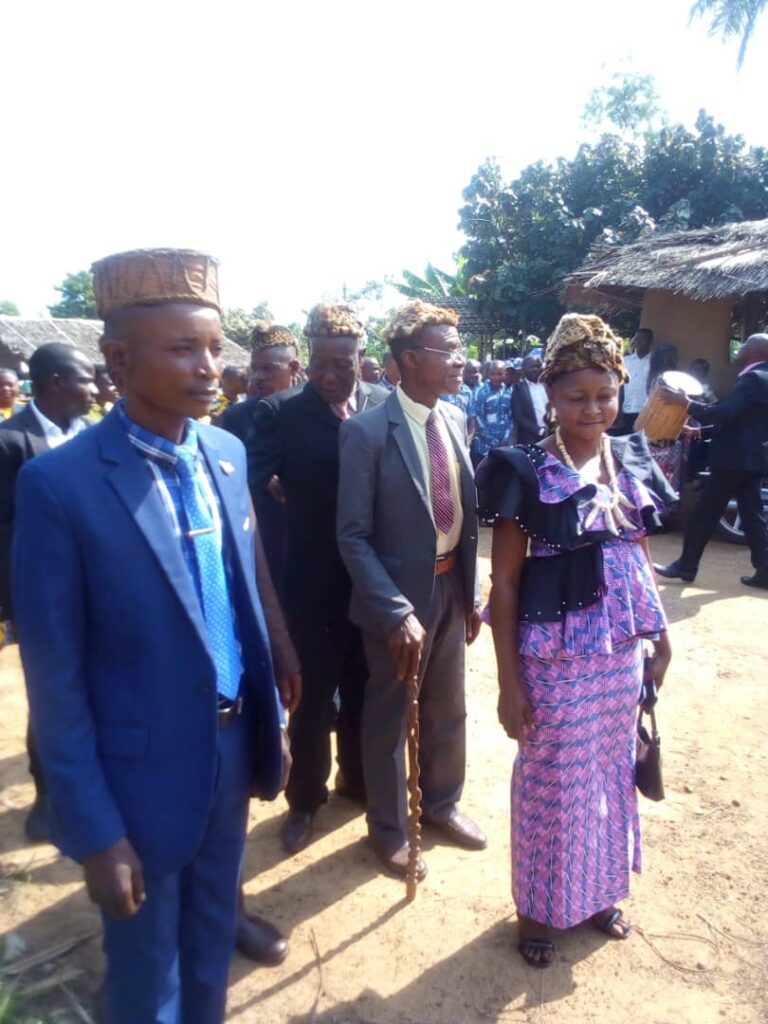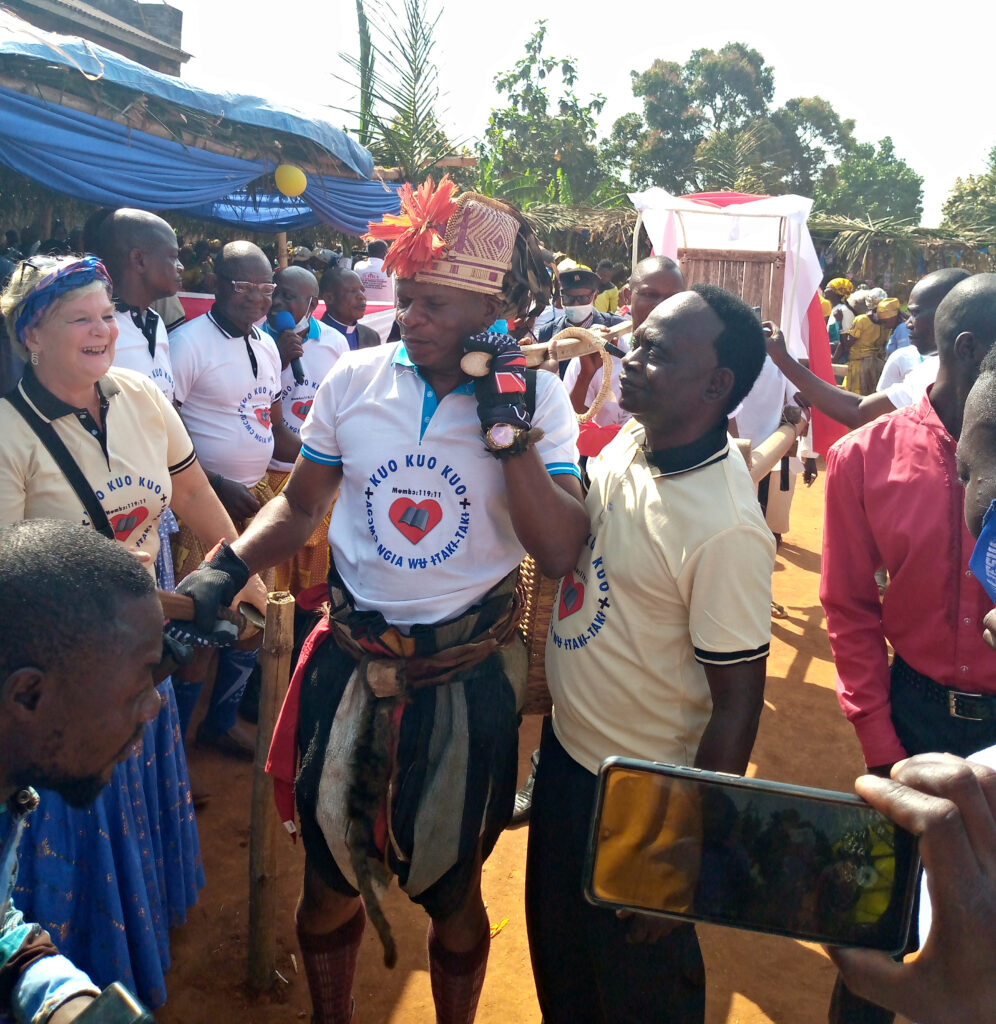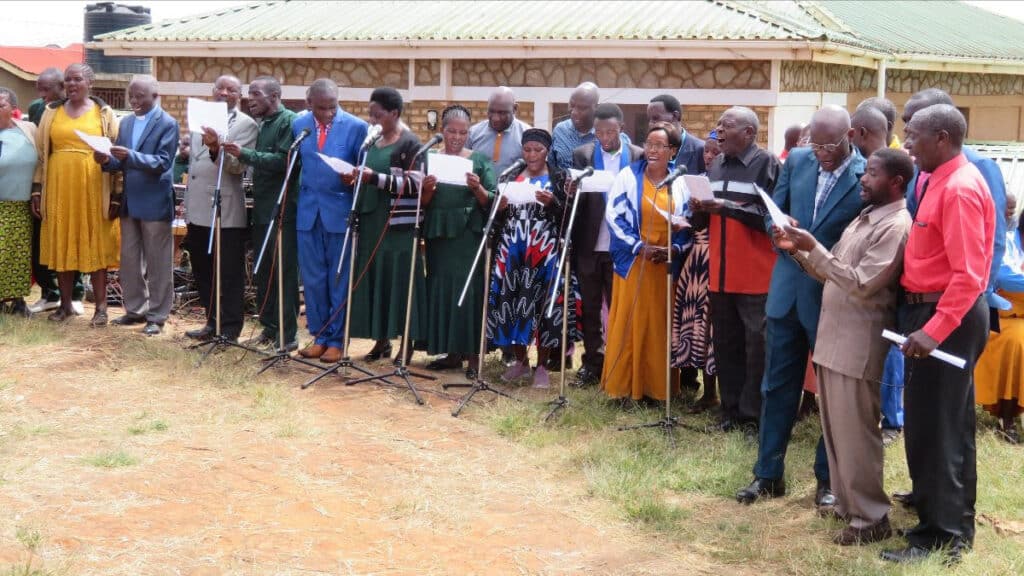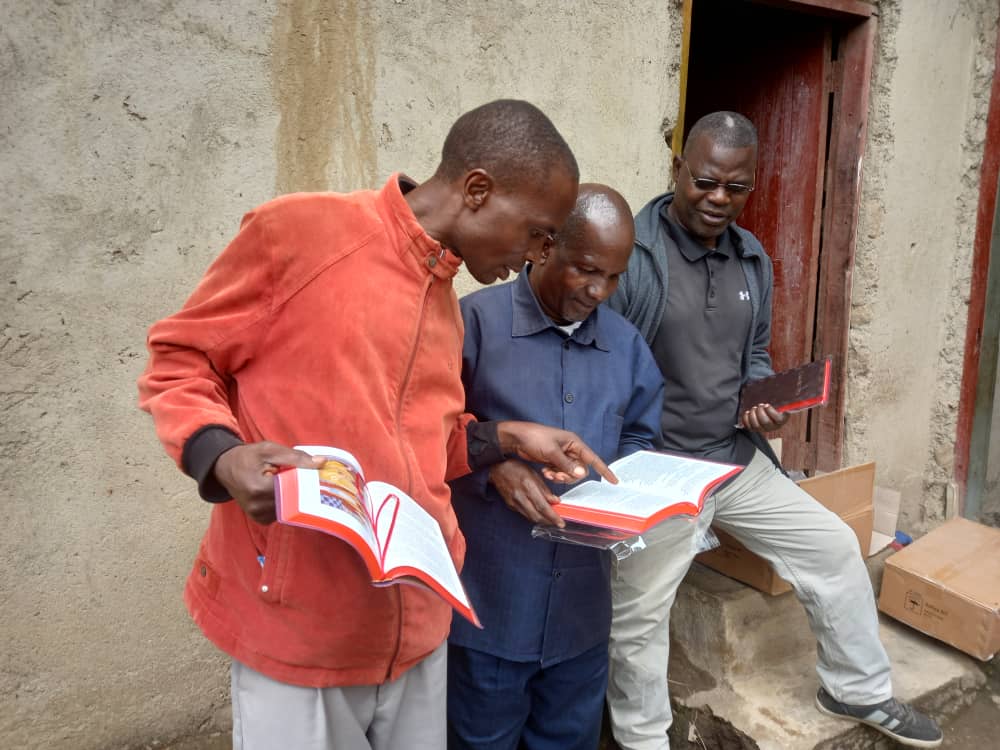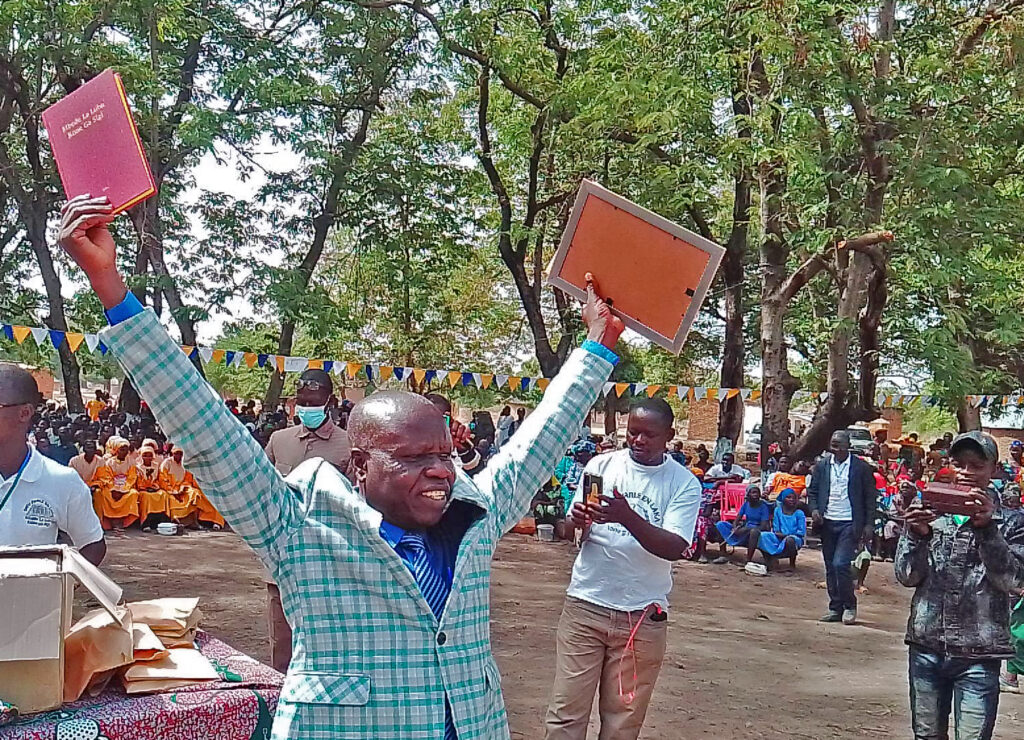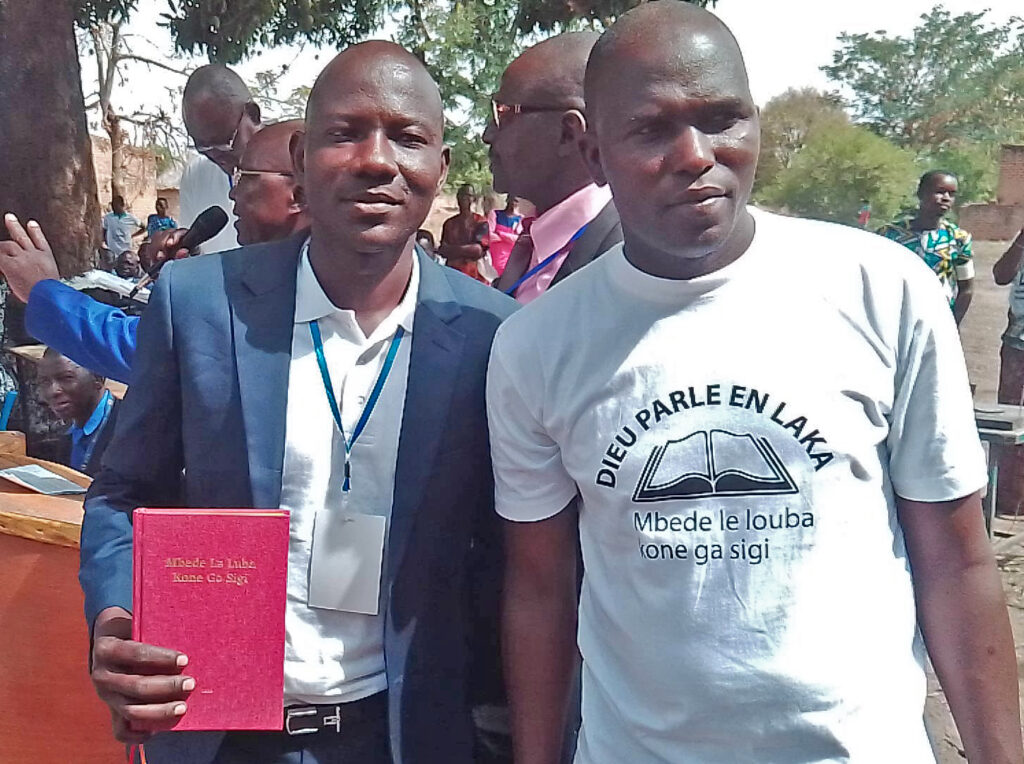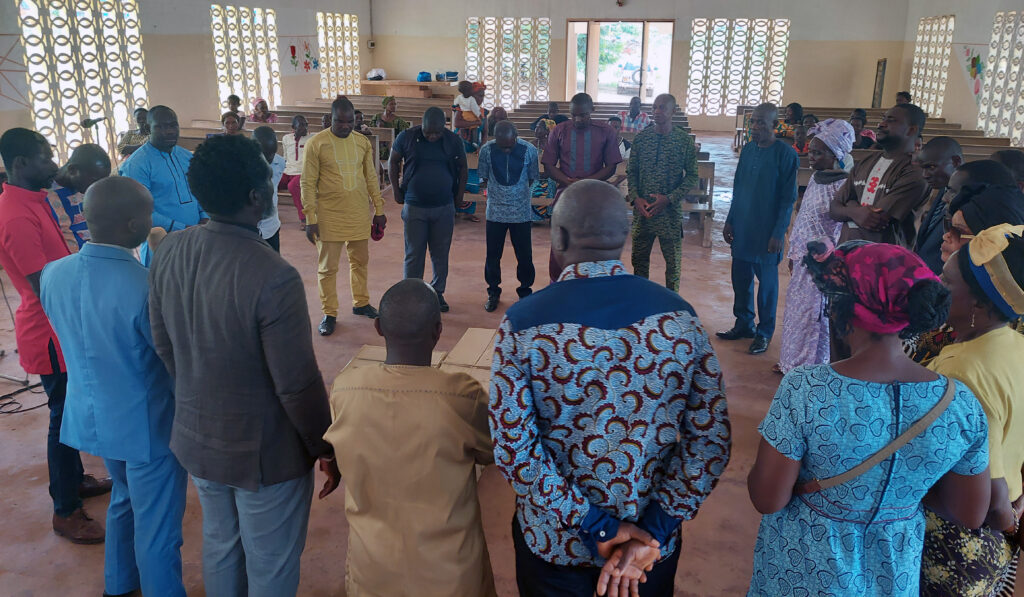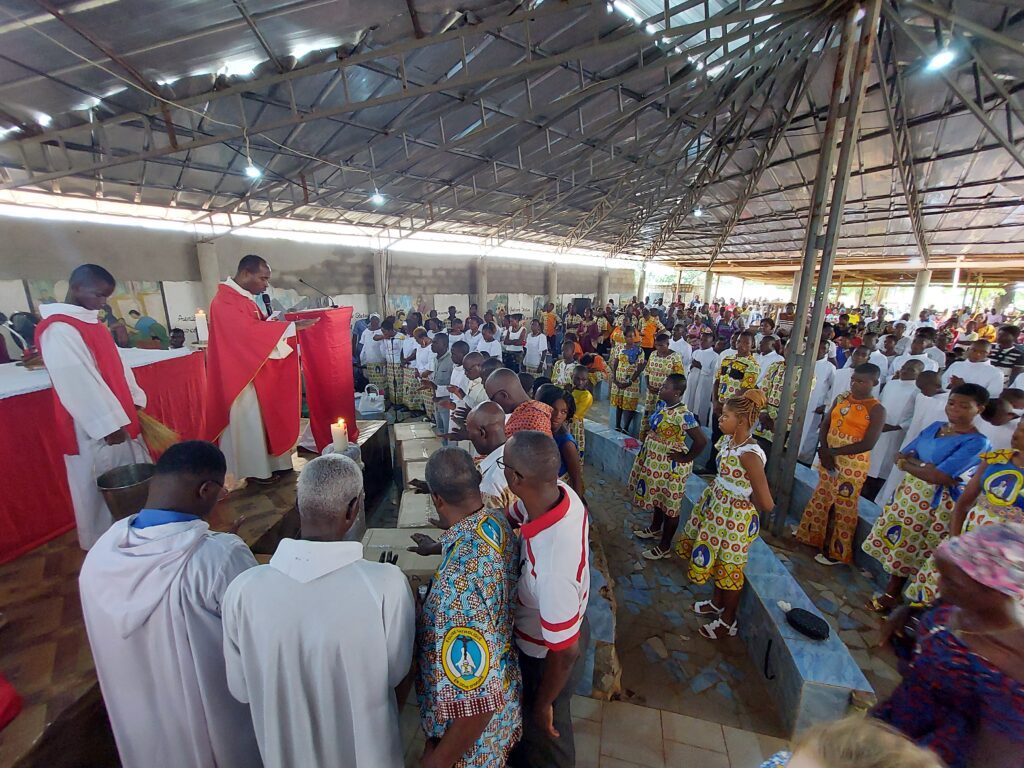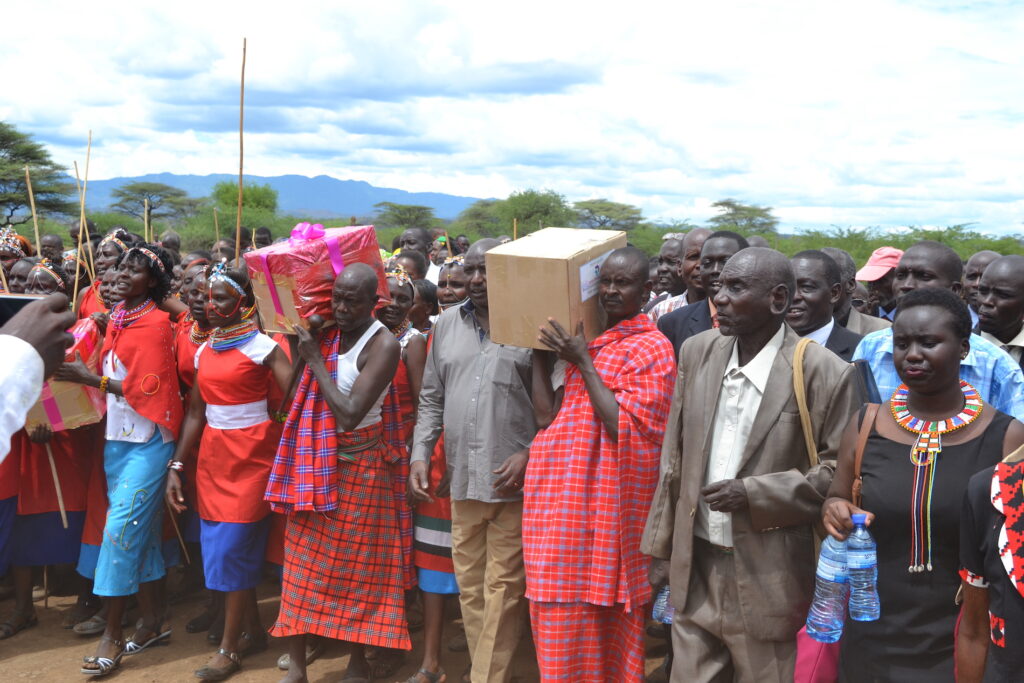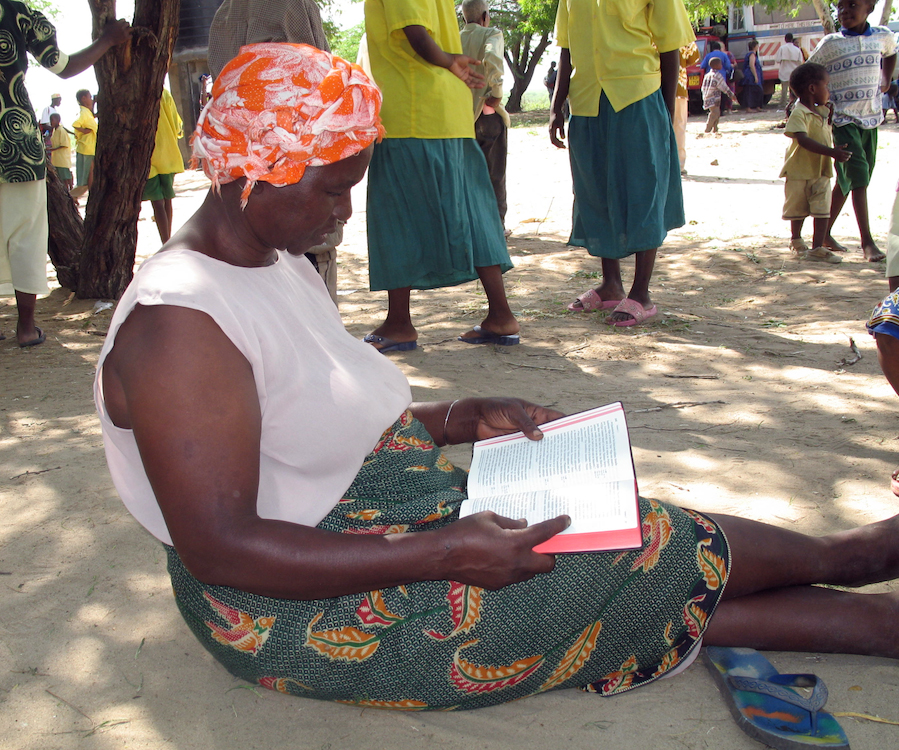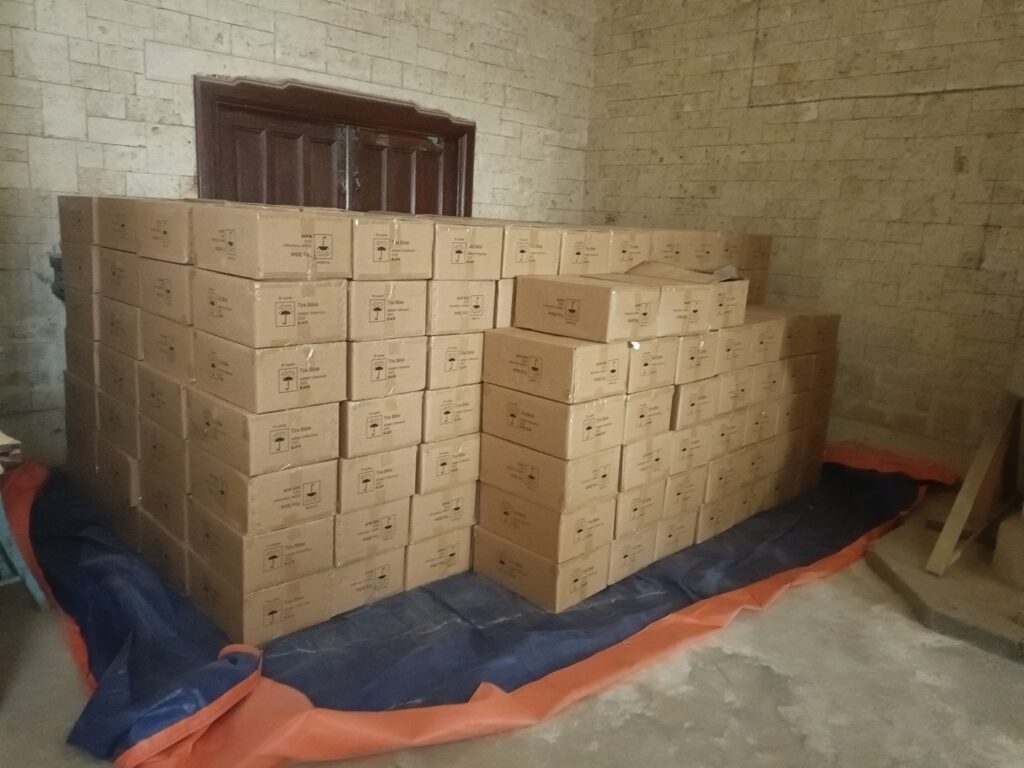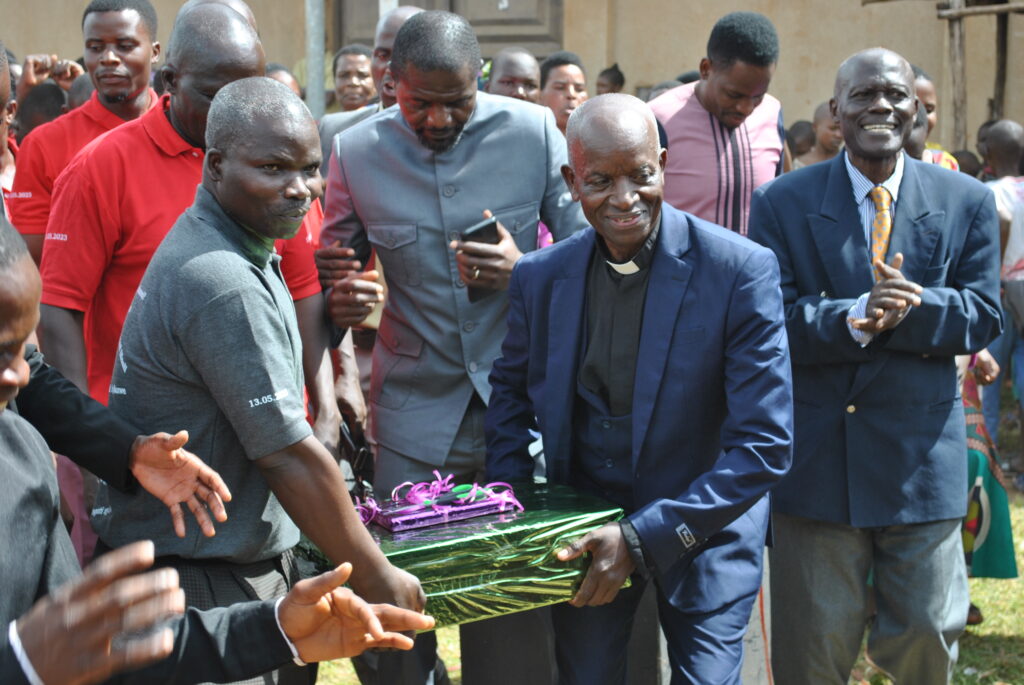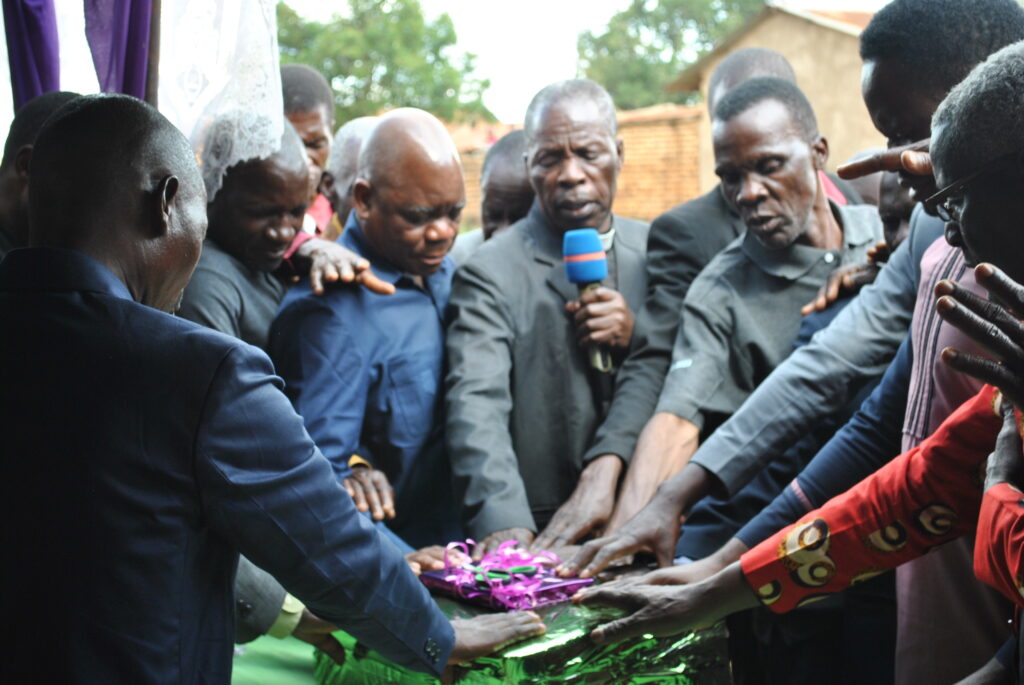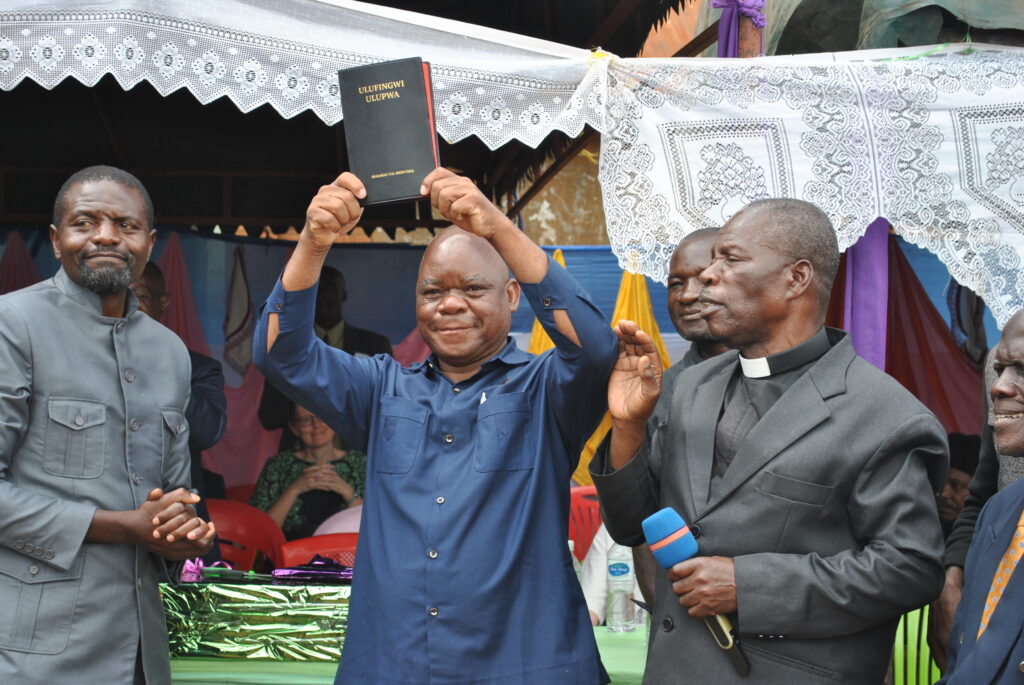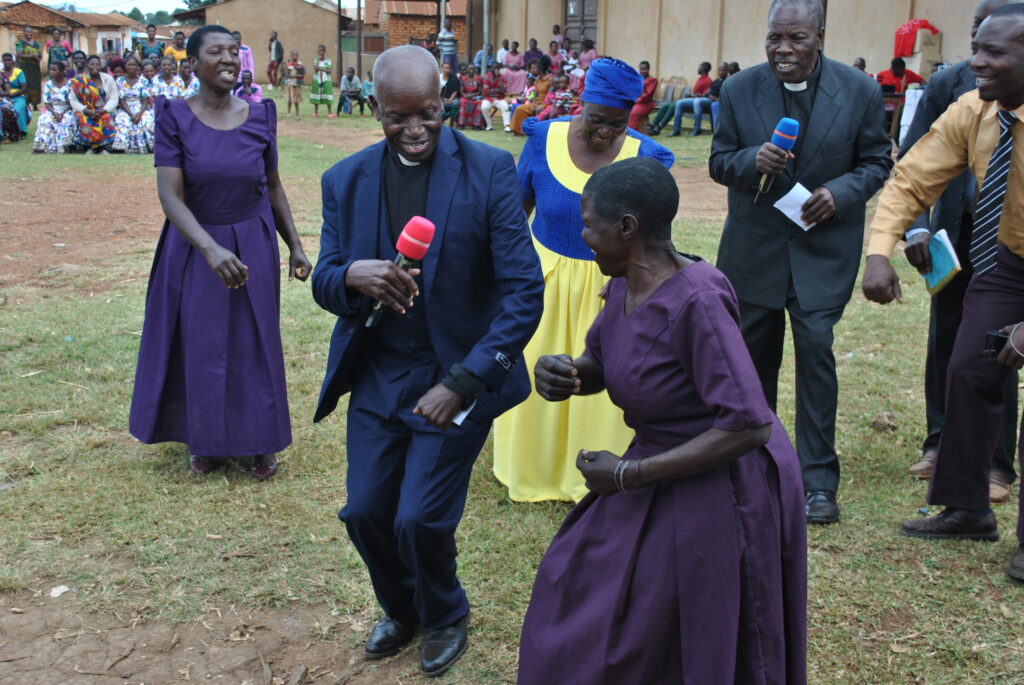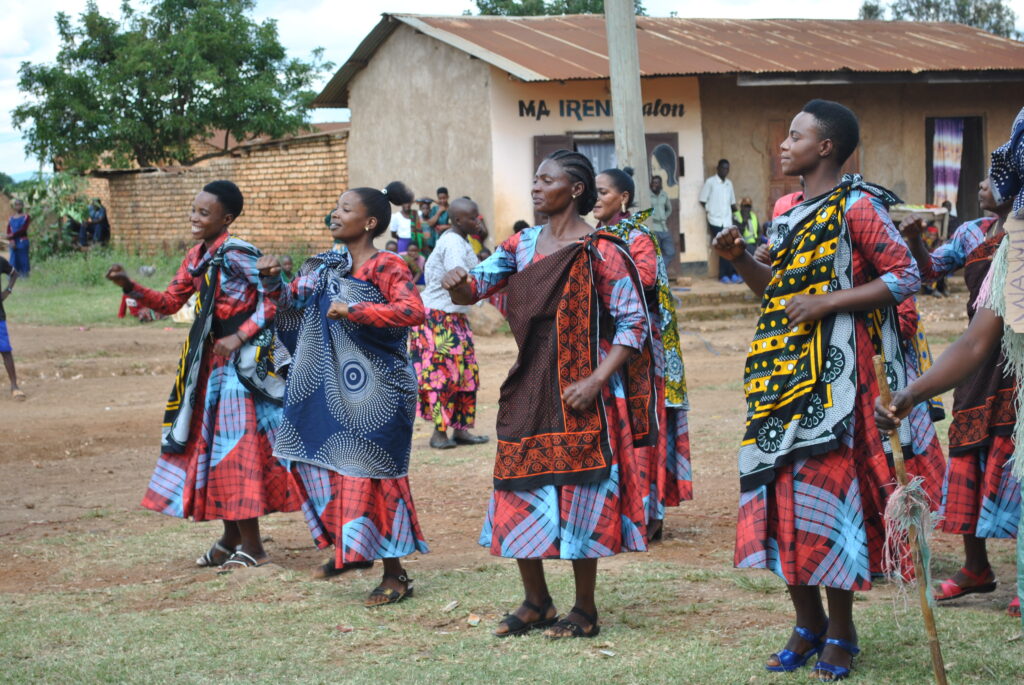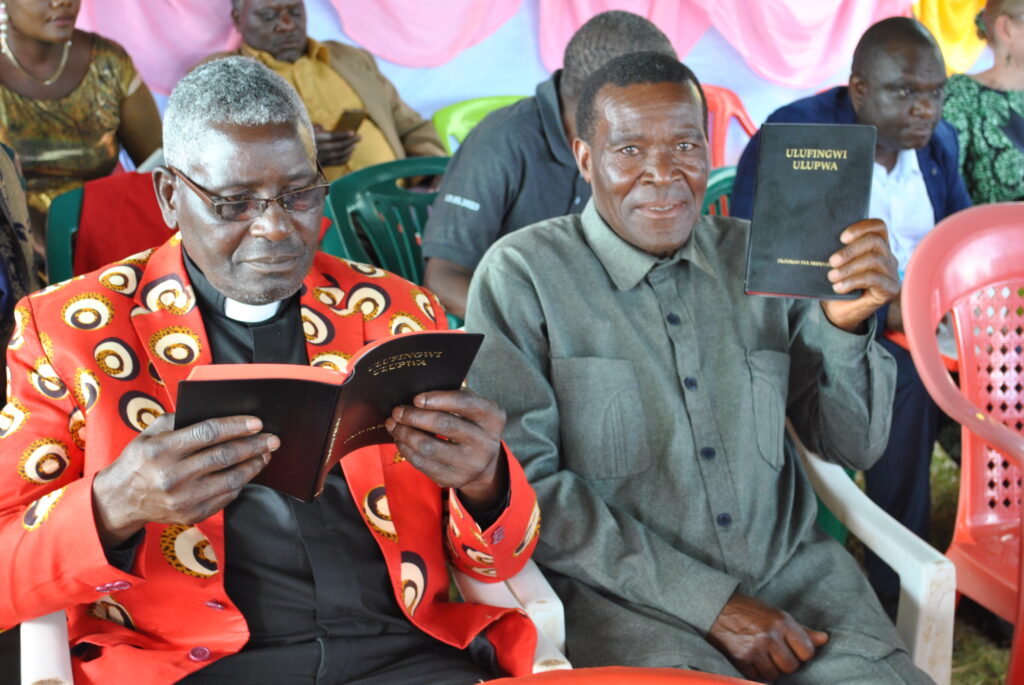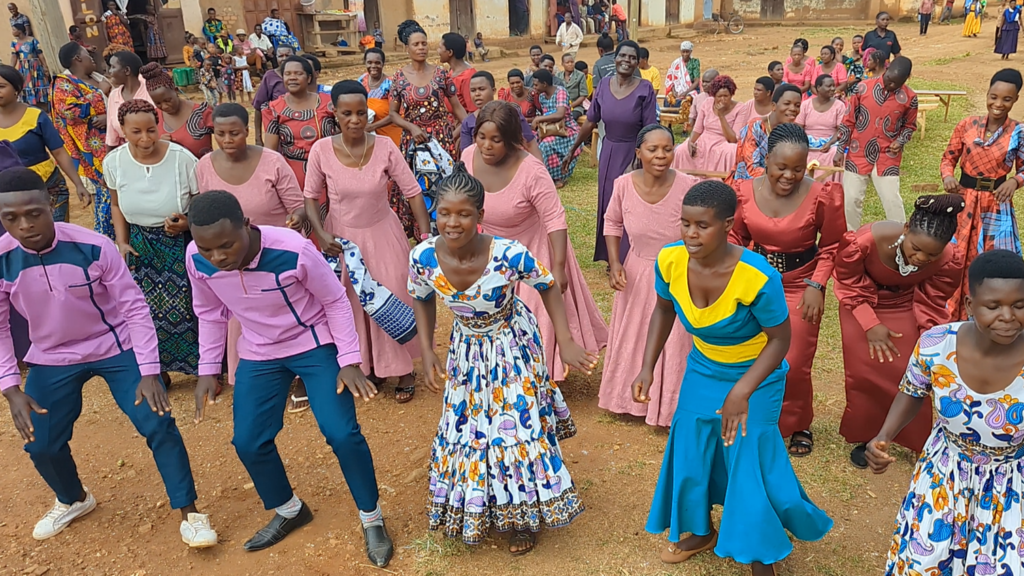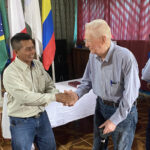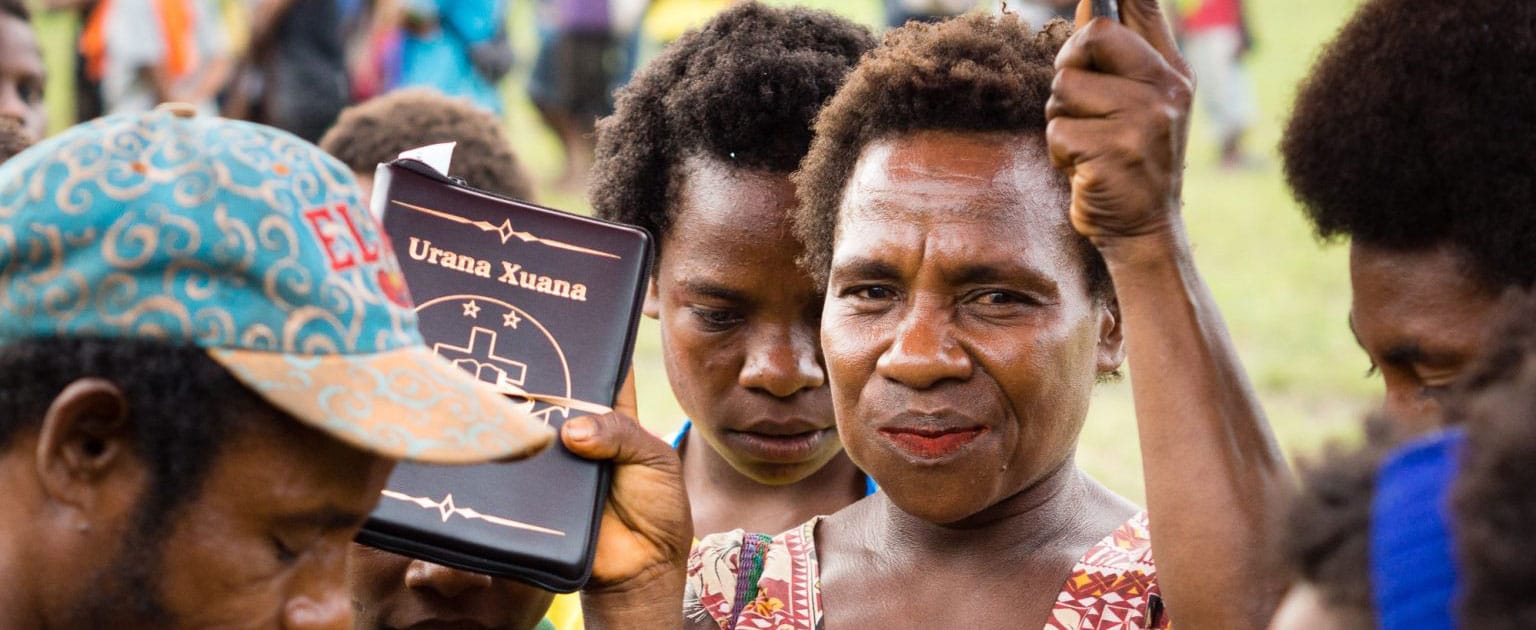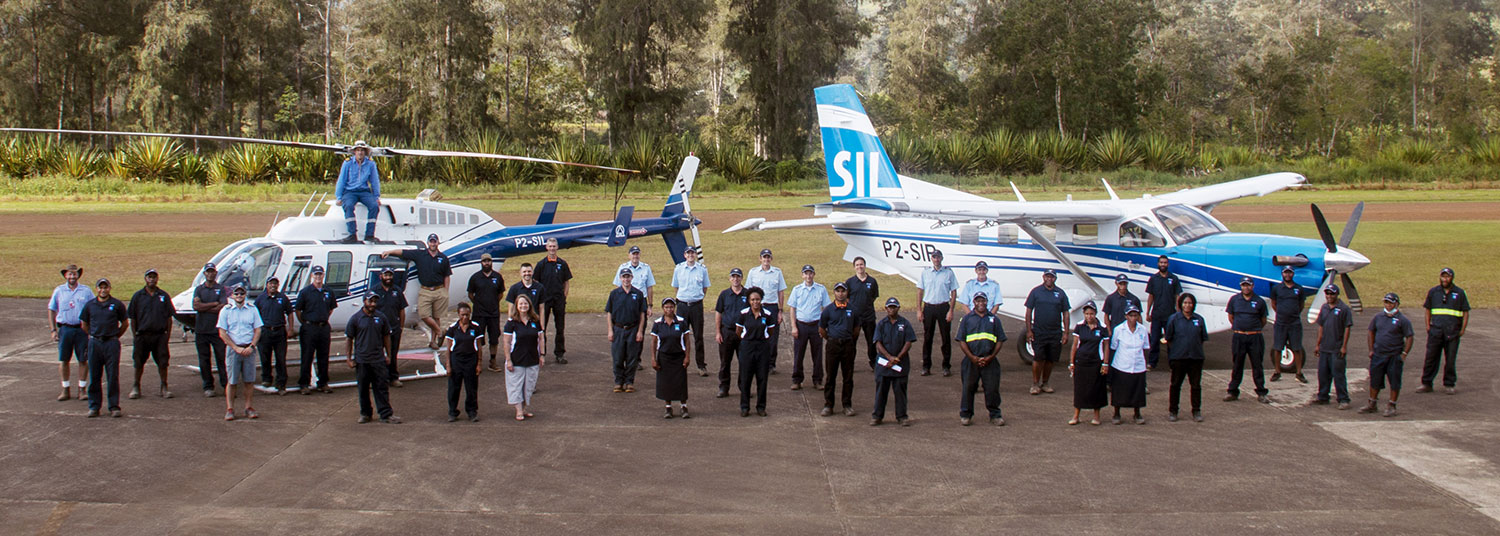My First Day Solo in the Sepik
Hot, swampy, sweaty, but rewarding describes a trip to the mighty Sepik River region on Papua New Guinea’s northern shore. Its vast, swampy plains provide many transportation challenges and make the airplane a valuable tool.
After five supervised trips to the Sepik, I have a sign-off to operate ‘solo’ (with passengers but without an instructor). Today, I hope to get a firsthand look at our Bible translation work there. I think it will be fun to share what it’s like to spend a day in the Sepik.
1:00 p.m. Wednesday – 18 hours to departure
The day before departure I start with extensive planning for passengers and cargo. I’m concerned about my day being too long: with eight stops, it could easily exceed eleven hours of duty time. At Samban, perhaps my hardest stop, I will have four passengers, a dog, solar panels, a refrigerator, and a freezer to transport—450 kilos of cargo. After careful consultation with the chief pilot, we agree: it’s workable but loading cargo could take an hour or more. I also need to be prepared to spend the night out if weather prevents me from completing the day.
4:50 a.m. Thursday – 2 hours, 10 minutes to departure
The alarm sounds and a new day begins. After coffee and a short devotional time, I look out my front window toward the airstrip. Rain and low clouds. A quick weather check on my phone reveals that the rest of the country should be nice. But I need to get out of Aiyura on time if I am to make it home tonight.
5:45 a.m. – 1 hour, 15 minutes to departure
I roll down the hill on my motorcycle and ride the muddy two miles to the Aiyura airstrip. There, I begin preflight inspection, trying to focus on the inspection rather than the rain that is still coming down.
6:45 AM – 10 minutes to departure
The plane is fueled, windows washed, and cargo loaded. A weather report from the Sepik indicates good weather everywhere but Aiyura. Looking at the clouds, I see a possible break in the rain coming. Time to load the passengers. Two passengers voice concern that we may be late into Wewak. They need to catch a PMV (public motor vehicle, like a bus) for the half-day journey to their village, which has no airstrip. I reassure them that I will do my best to get them to Wewak before noon.
7:05 a.m. – Aiyura
The rain and clouds clear just enough to give me the minimum 500-foot cloud ceiling and four kilometers of visibility. I push the power lever forward and soon we’re in the clouds on the Aiyura departure procedure. After three minutes of climbing and navigating, we break out on top to beautiful sunshine and the sight of the Finnisterre mountain range all in the clear.
8:55 a.m. – Samban
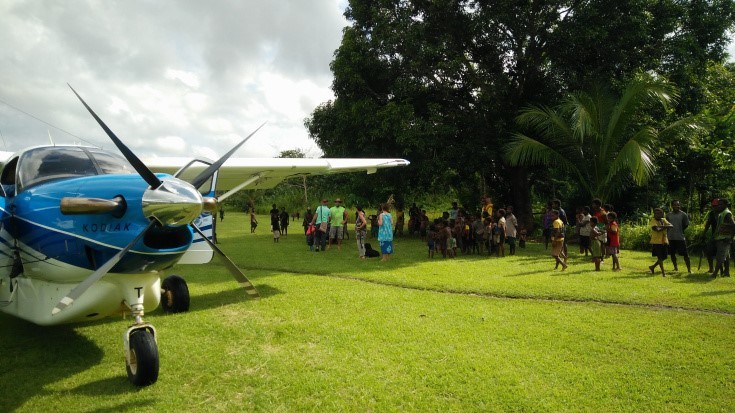
After a quick turnaround at Madang, my first stop, I arrive early at Samban airstrip in the Sepik. I’m supposed to pick up that large cargo load here later this afternoon. When the translator informs me that it’s already been sent, I feel a huge burden lifting off my shoulders (literally!).
9:15 a.m. – En route to Yagiap
The Sepik tends to have low clouds in the morning. Today, I go below the clouds (500 feet above the ground) over the Sepik River and navigate toward Yagiap. What a beautiful sight—flying low-level over this large river with dugout canoes below.
9:30 a.m. – Yagiap
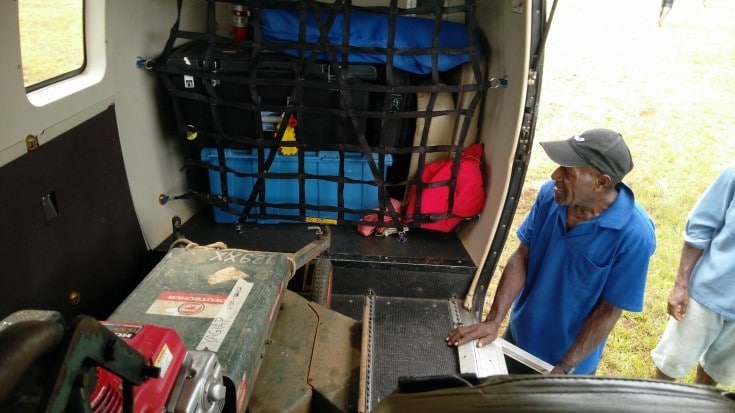
In Yagiap, Bible translators have been maintaining the airstrip by hand with machetes. Today I’m bringing them a lawn mower. I hope the airstrip will be cut. If the grass is too long, I won’t be able to land, and then how will they get the mower to cut it? Thankfully, the grass is cut. I deliver the mower and keep moving.
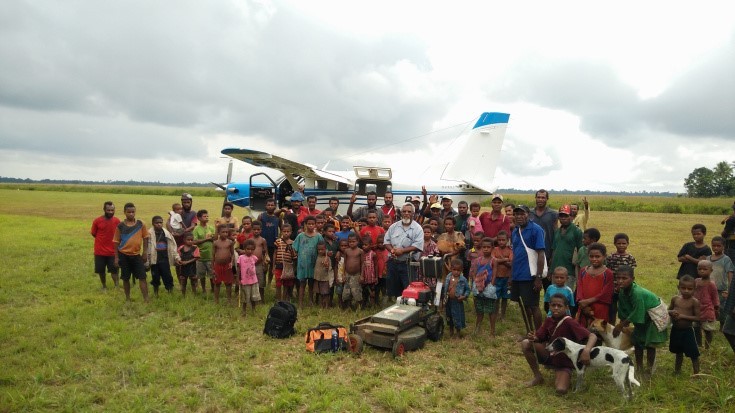
10:00 a.m. – En route to Wewak
Remember those low clouds on the way to Yagiap? Well, now I decide to go through them on my way to Wewak. The ride is a little turbulent, but the veteran Bible translators on board are used to it. I learn that just a couple of months ago, one of them completed a New Testament in the Urat language.
10:20 a.m. – Wewak
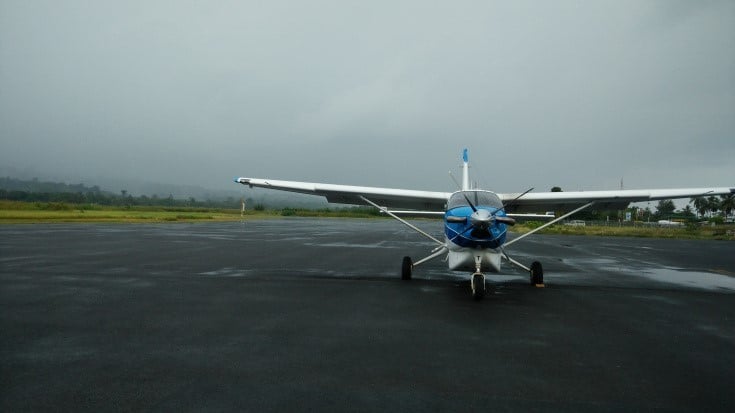
So far the day is going great. I arrive early at Wewak and my passengers are thrilled. The fuel truck is late, but eventually I get the plane refueled. My cargo out of Wewak is a 55-gallon drum of gasoline for that lawn mower I just dropped off. I’m not happy about the well-used condition of the drum. A leaking gasoline drum in the aircraft would be dangerous. With careful inspection, I determine that it’s not leaking. It’s safe to carry. I roll it onto the plane, tie it down, and complete the Dangerous Goods paperwork. And I thought my job was just to fly an airplane!
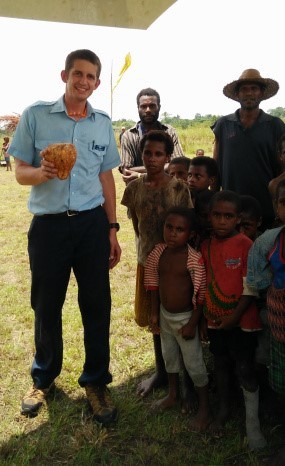
A quick 18-minute flight back to Yagiap and I roll the drum out of the airplane. To thank me, they give me a kulau (coconut water) to drink and load me up with pineapples and papayas. They share their desire to finish translating the Christmas story in time for Christmas. Can you imagine the joy of hearing the Christmas story in your language for the first time? I’m sure it will make all the grass cutting worth it!
12:15 p.m. – En route to Samban
I retrace my steps from this morning to a stop at Samban—the hardest stop of the day. As we bounce between cumulus clouds, I enjoy my lunch, a ham sandwich and crackers, building up energy for the work ahead.
1:00 p.m. – Samban
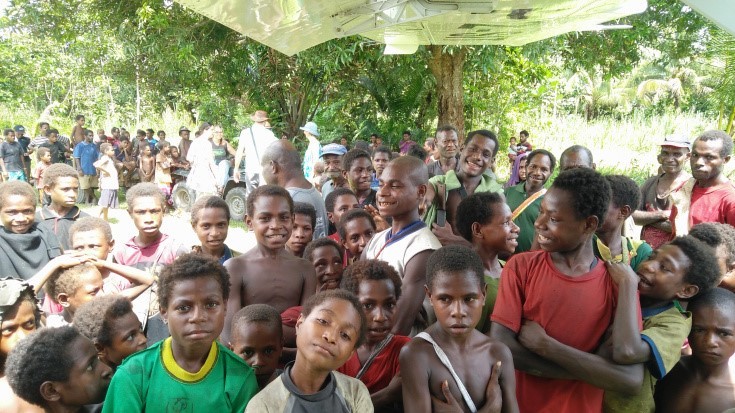
When I arrive early, my passengers aren’t ready. That’s alright. I enjoy conversing with the locals under the Kodiak wing. The cargo, which includes a large dog in a crate, shows up first and I begin loading it. After 30 minutes, the plane is loaded and we’re on our way home! It looks like this day will work out after all.
3:00 p.m. – Madang
At my last stop before Aiyura, the weather looks promising. A quick call to the chief pilot confirms that the weather is good for arrival into Aiyura. We load up and begin the final stretch home.
3:50 p.m. – Aiyura
Home at last. When I hop out of the airplane, a fellow pilot approaches me as if to dump water on me to congratulate me on my Sepik solo. He decides not to—turns out his birthday is the next day. He doesn’t want to open a can of worms!
In the end, I have spent my first Sepik solo trip supporting Bible translation and the translators who work on the front lines. It makes all the mental and physical challenges worthwhile.
Stats for the day:
– Route: AYAY-AYMD-AYSC-AYYC-AYWK-AYYC-AYSC-AYMD-AYAY
– 560 nautical miles flown
– 10.8 hours duty time
– 5.1 hours flight time
– 0.3 hours IMC (in the clouds)
– 8 landings

